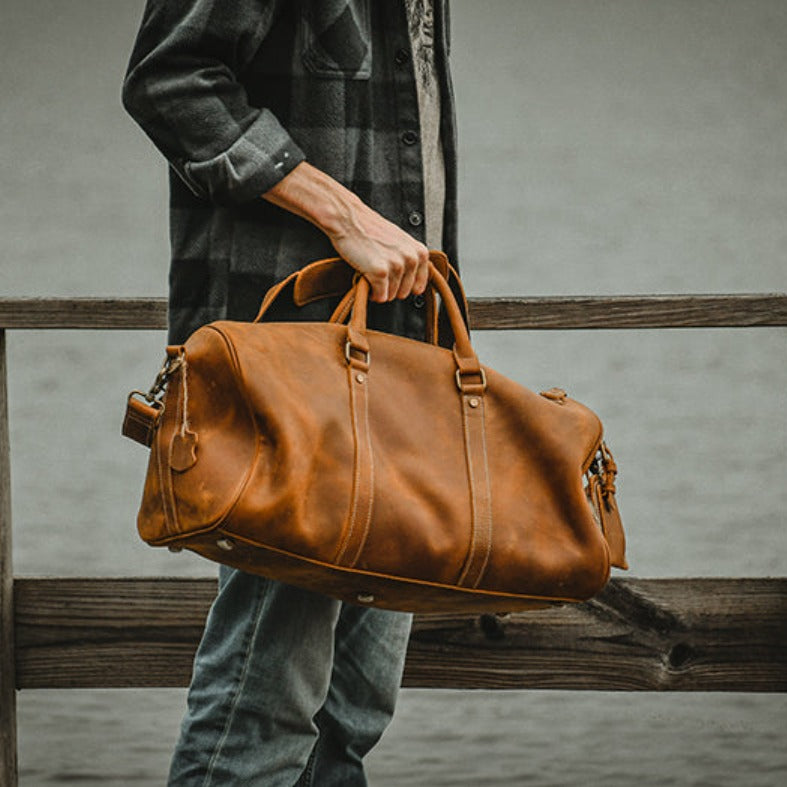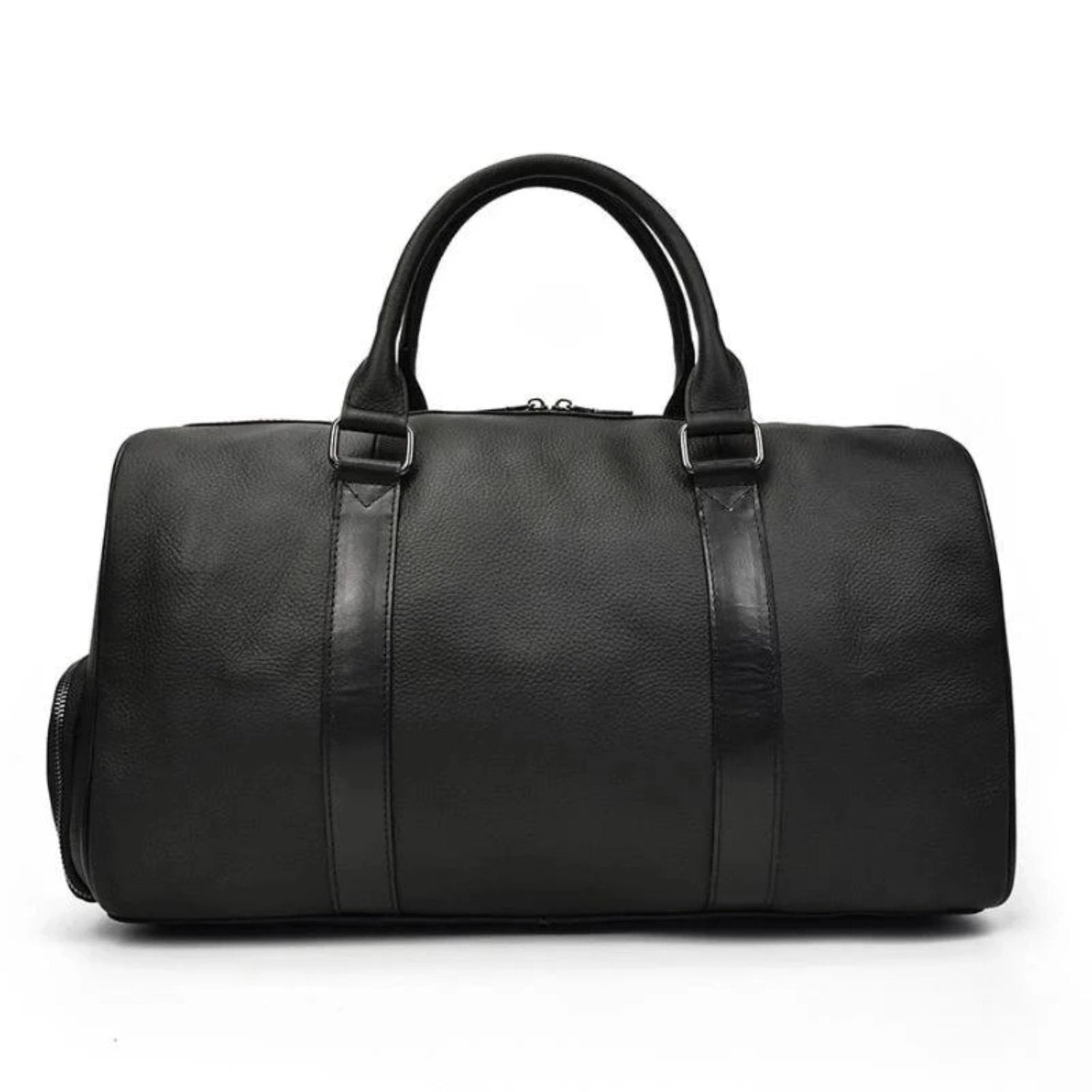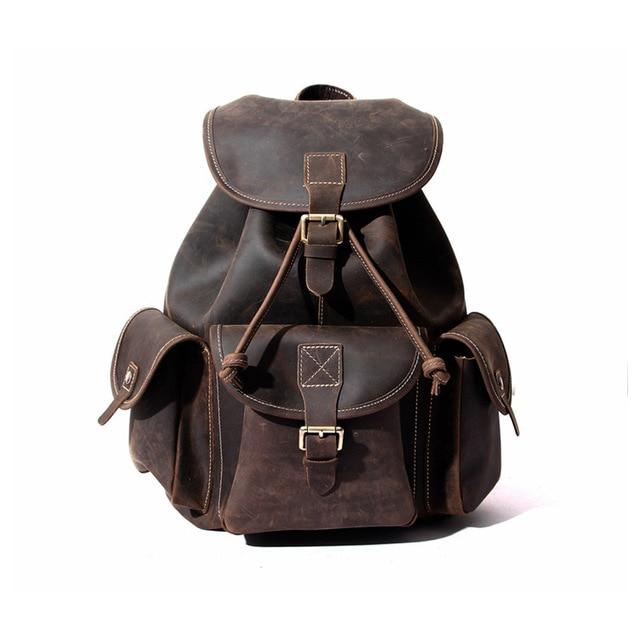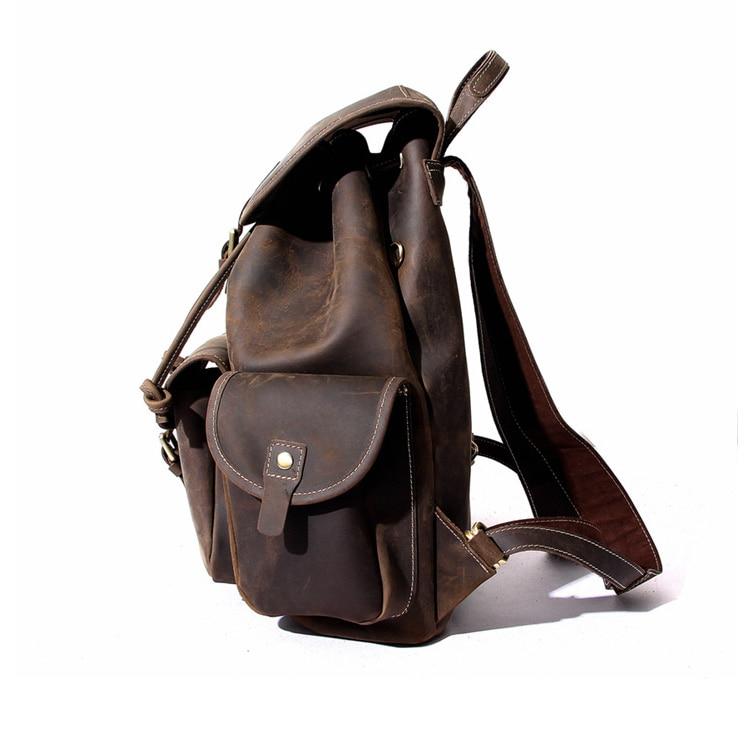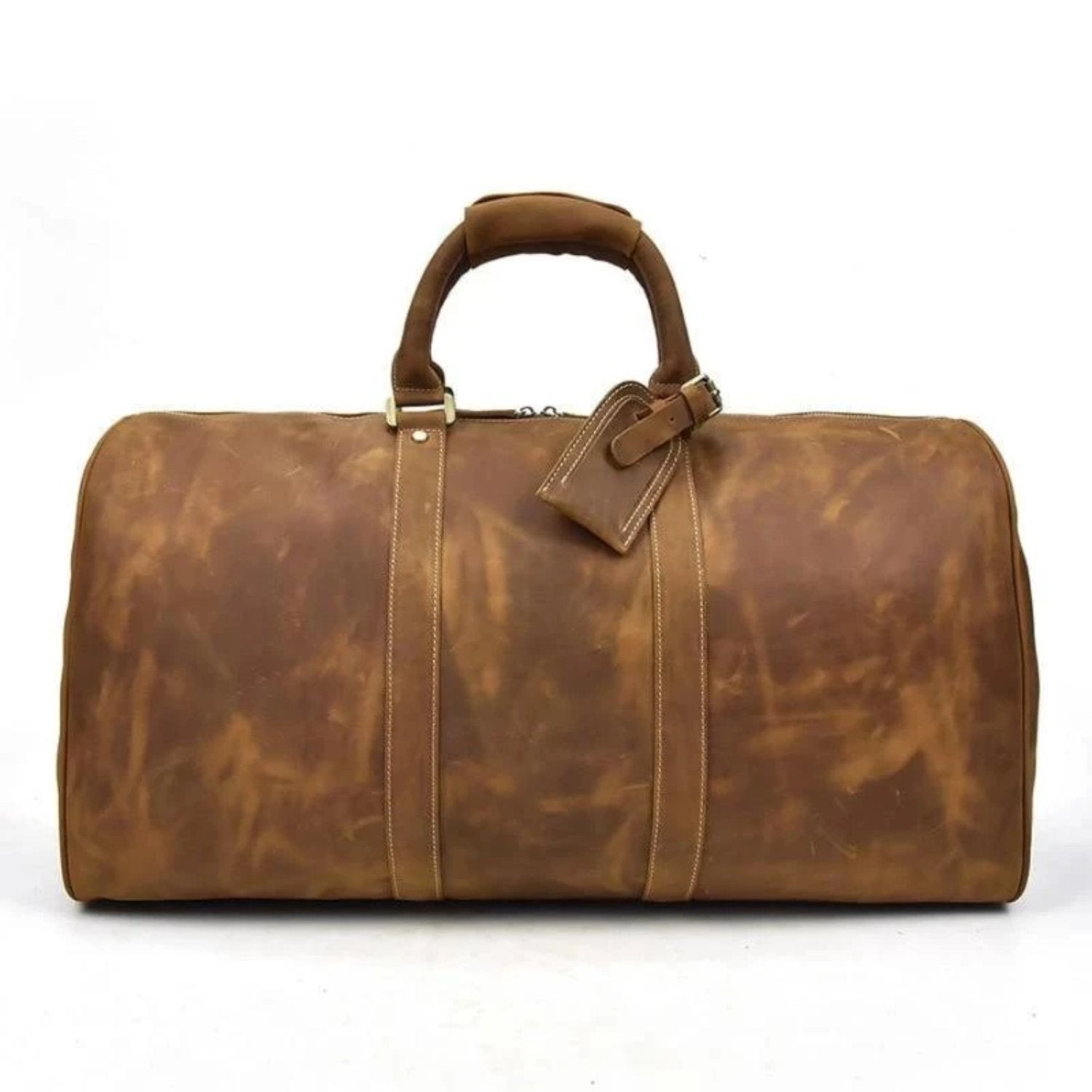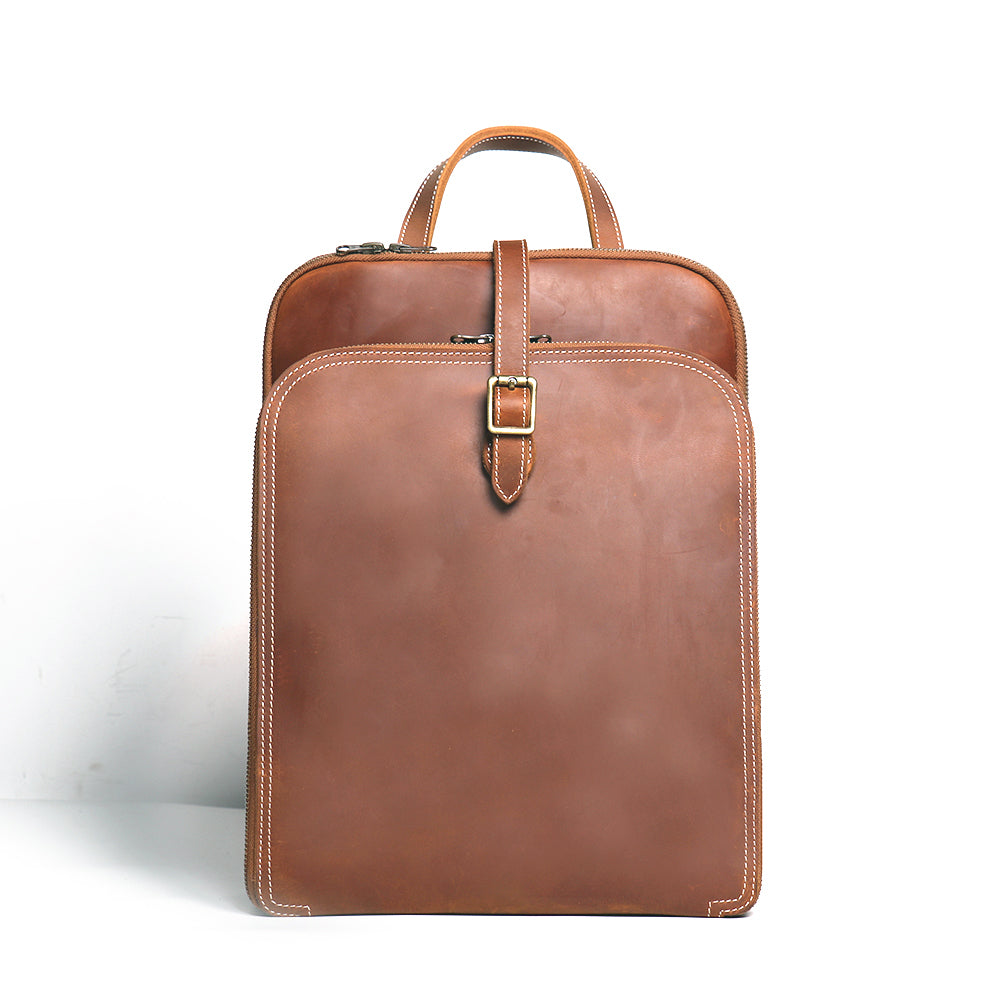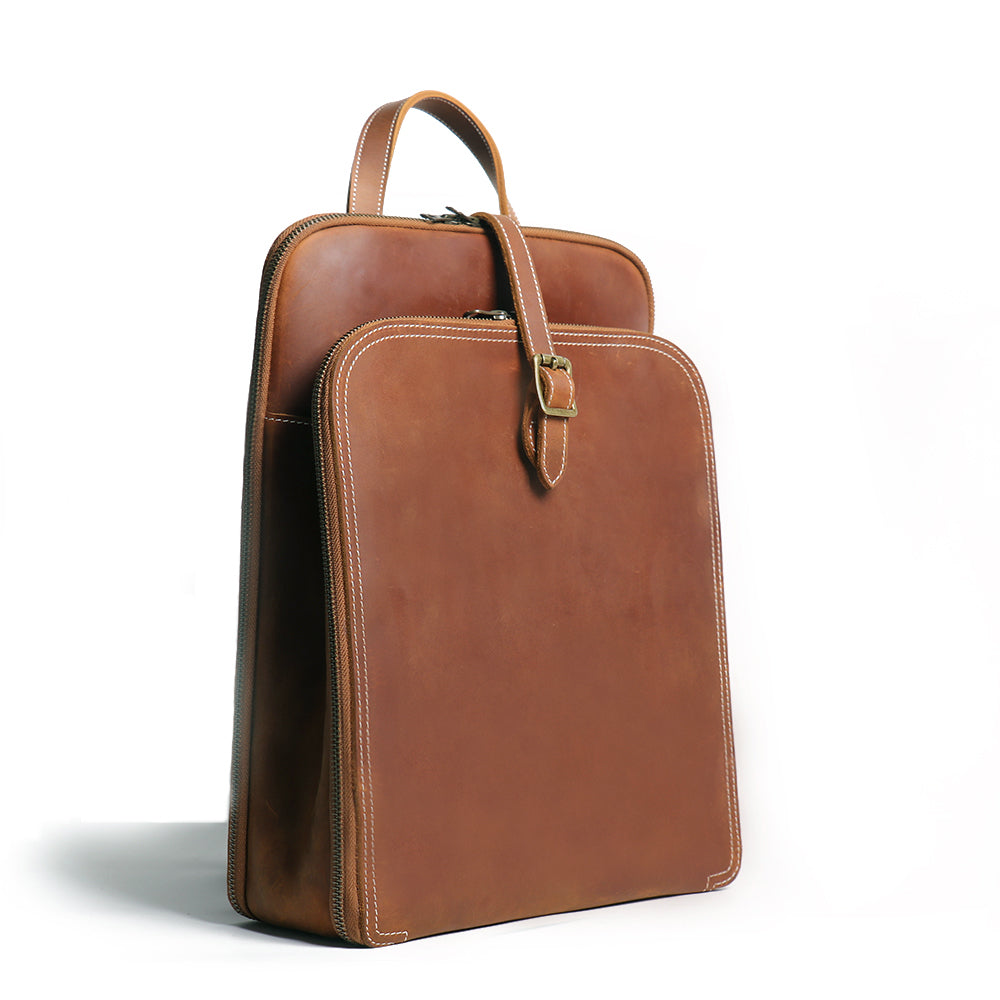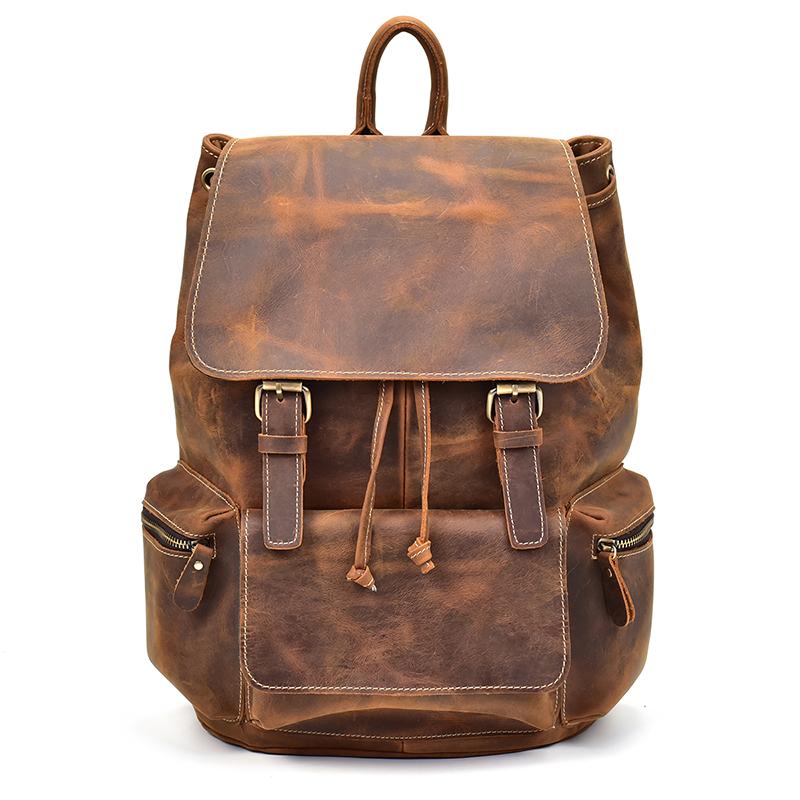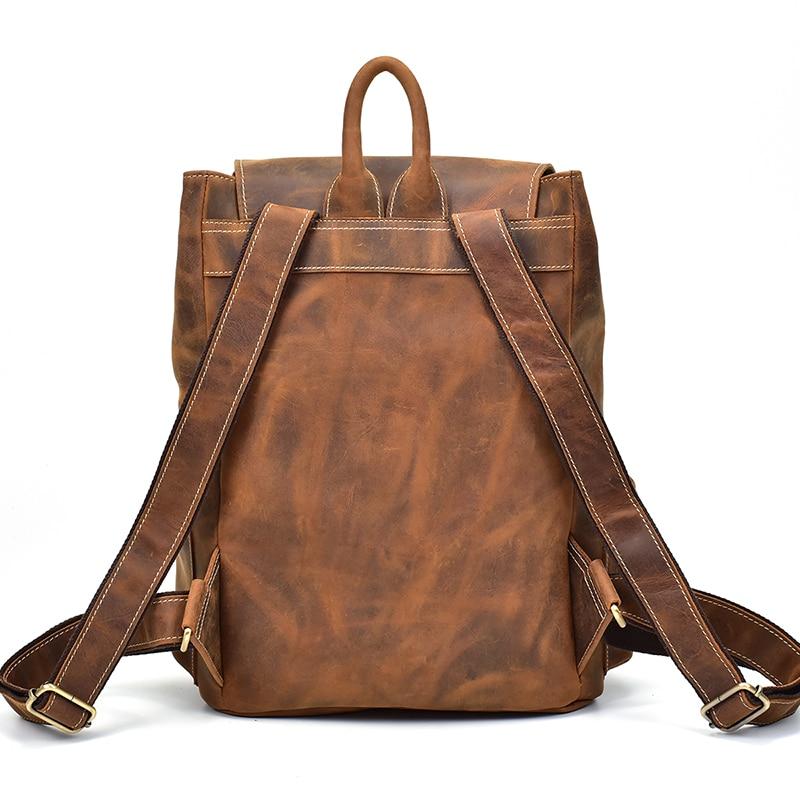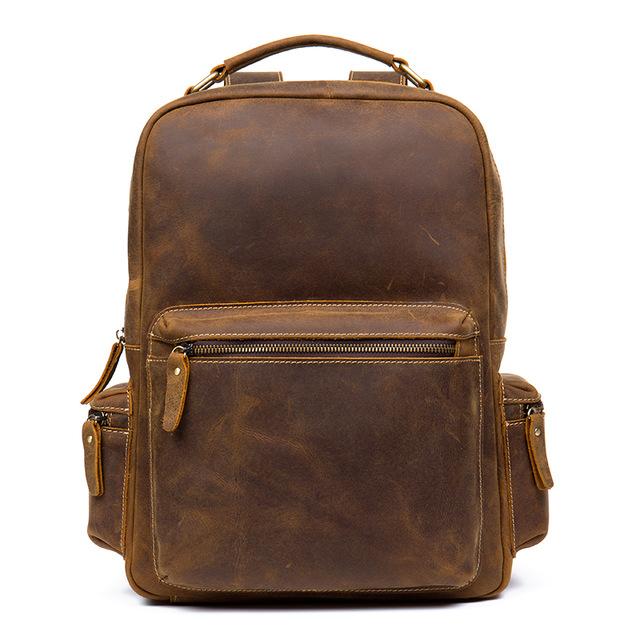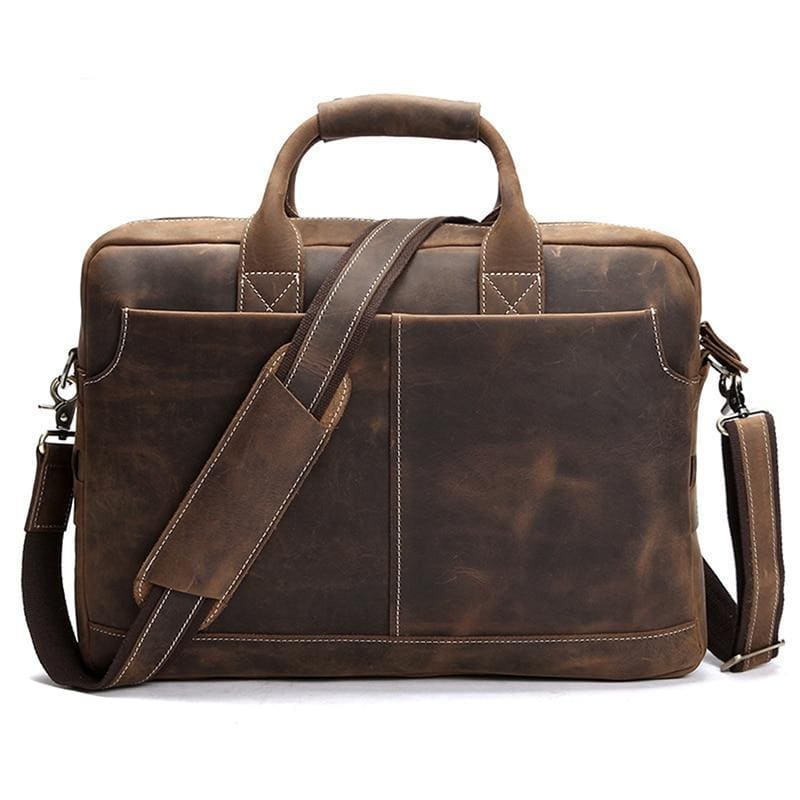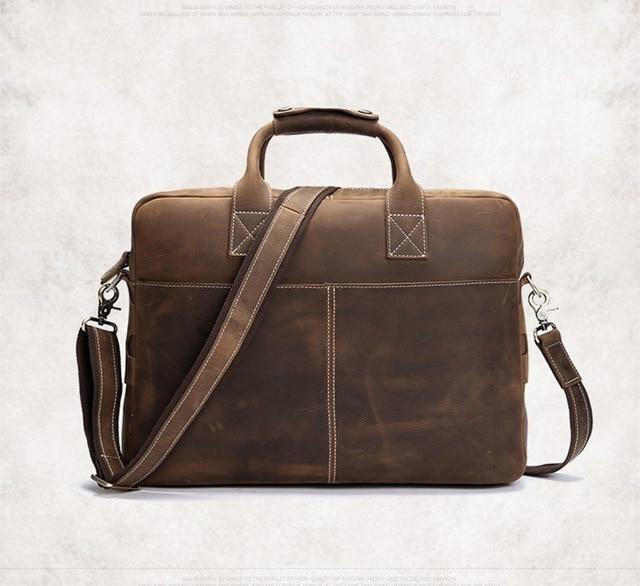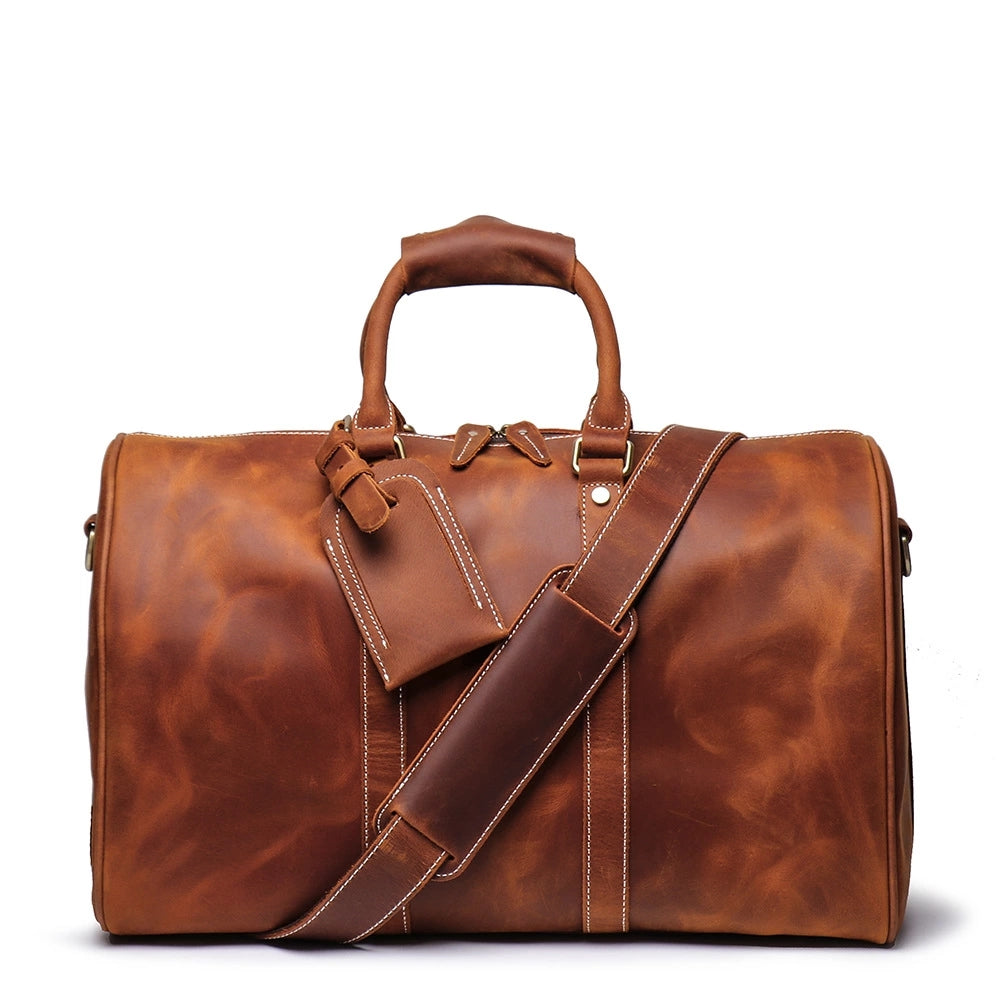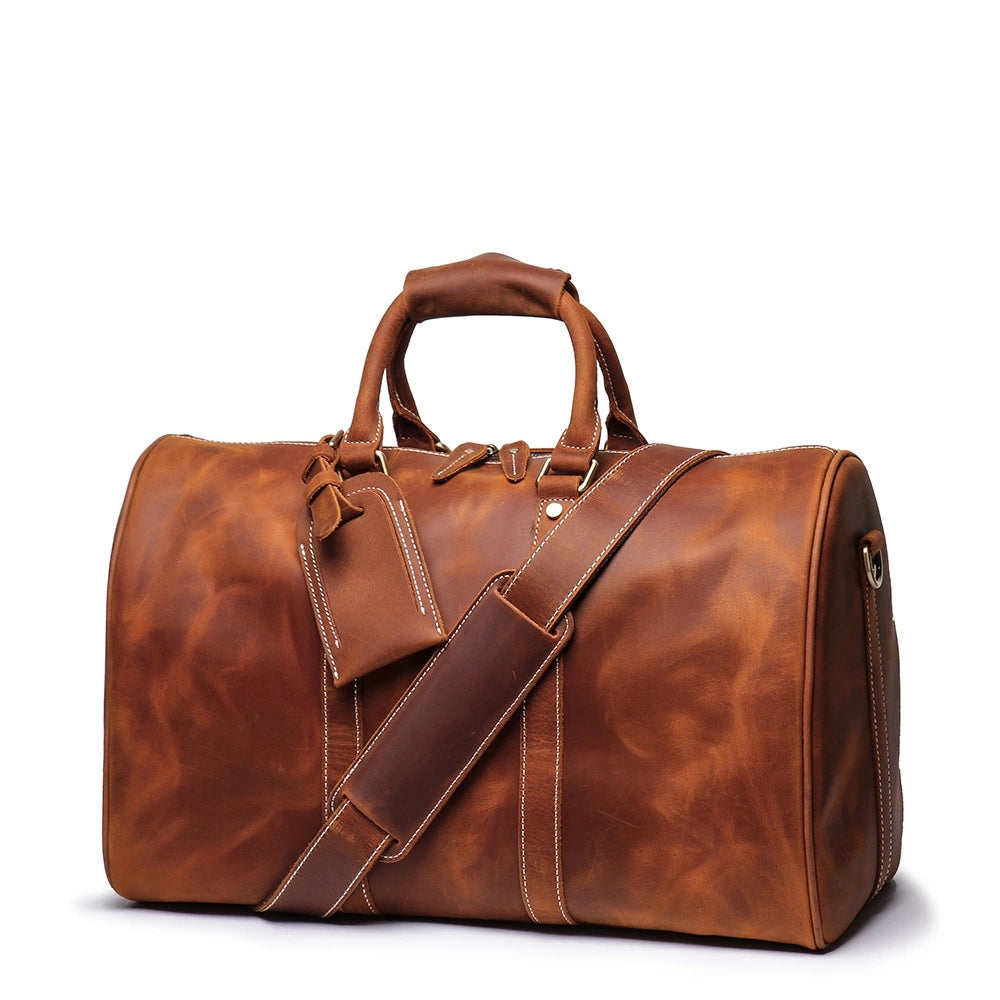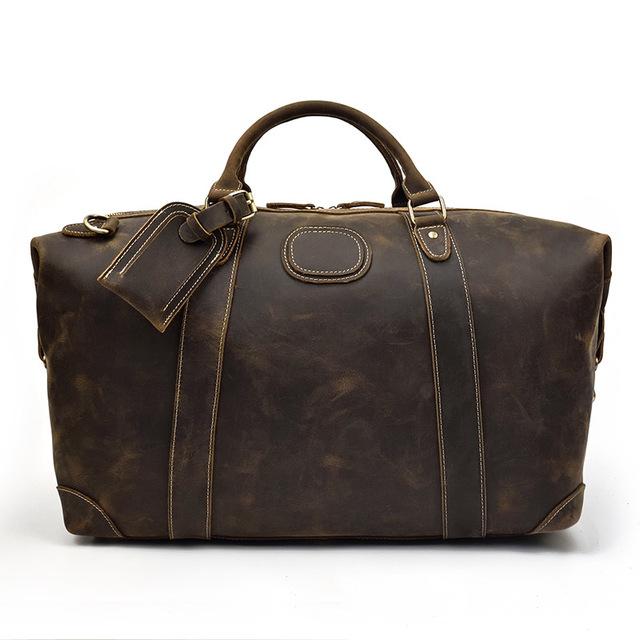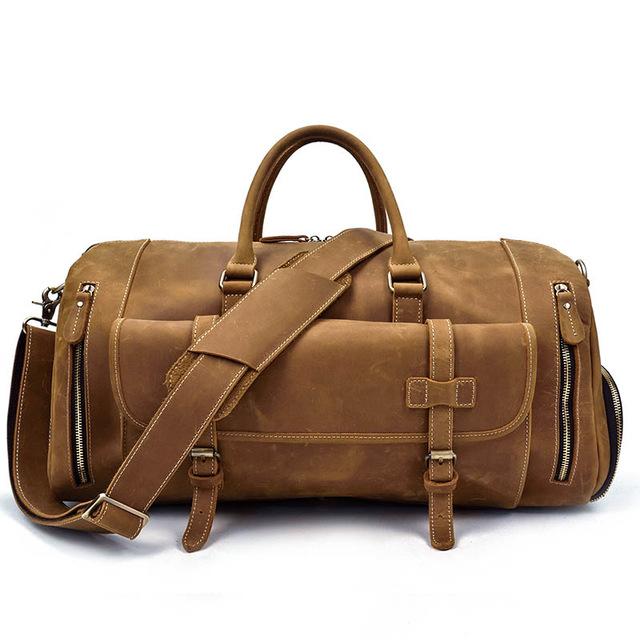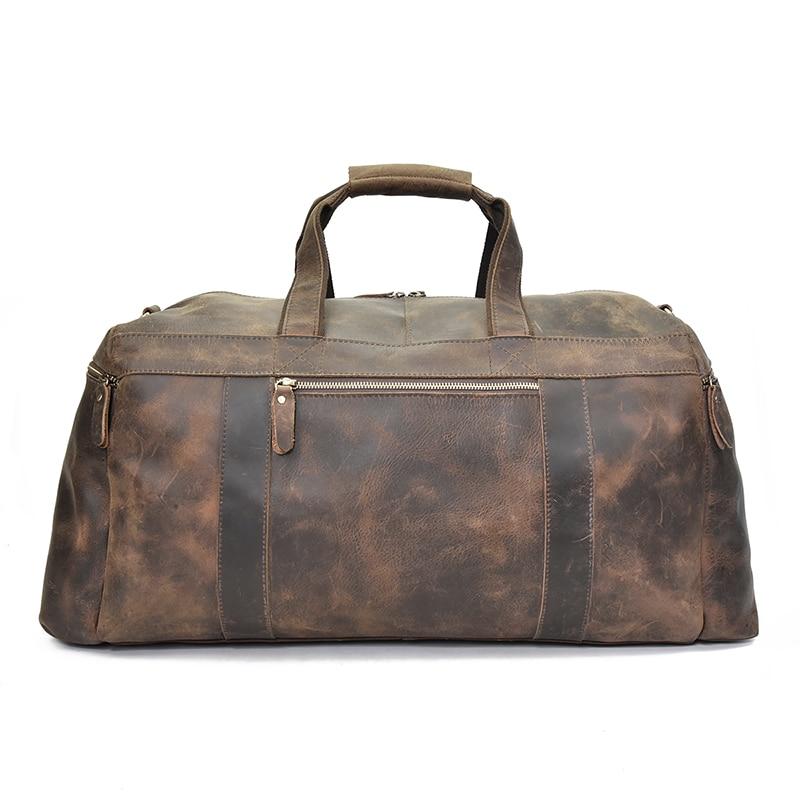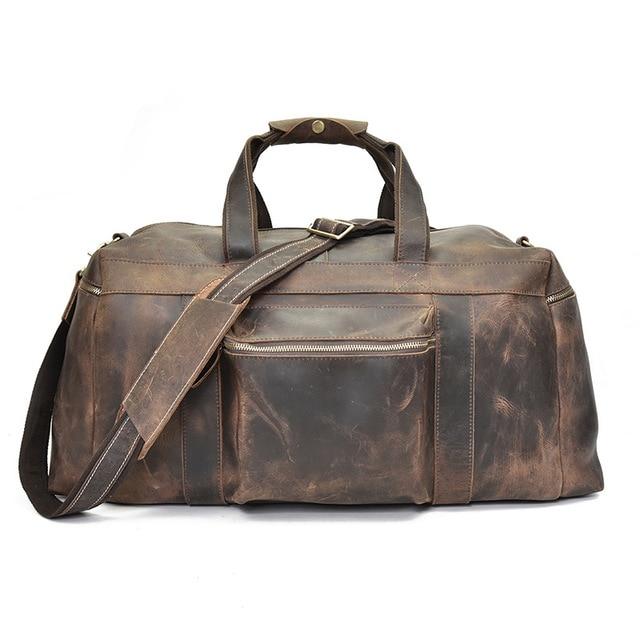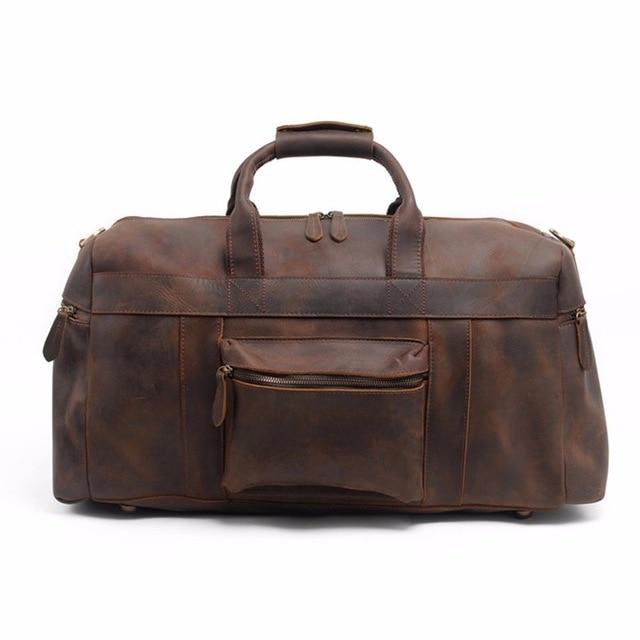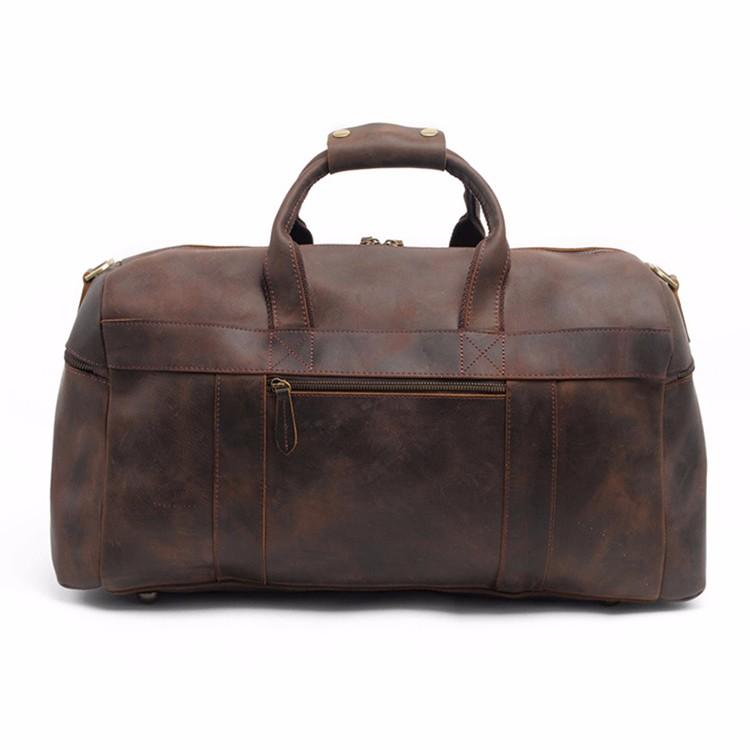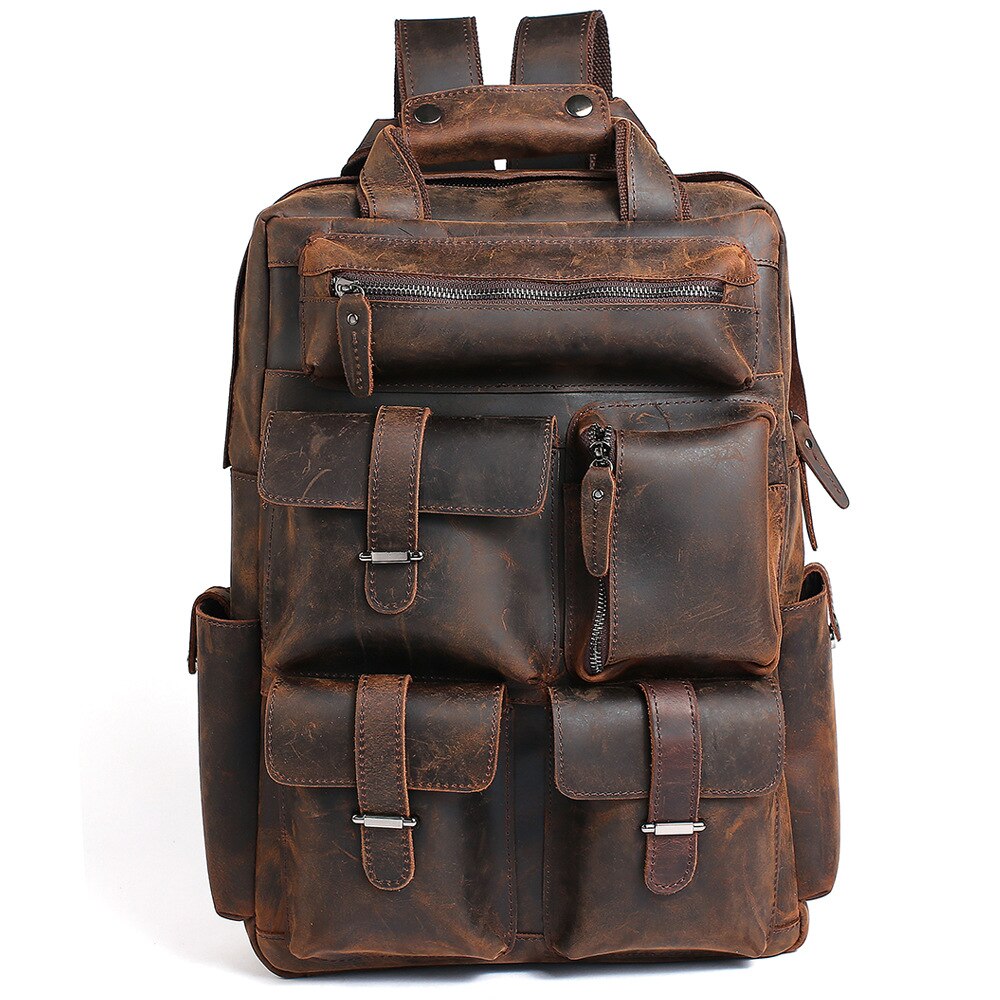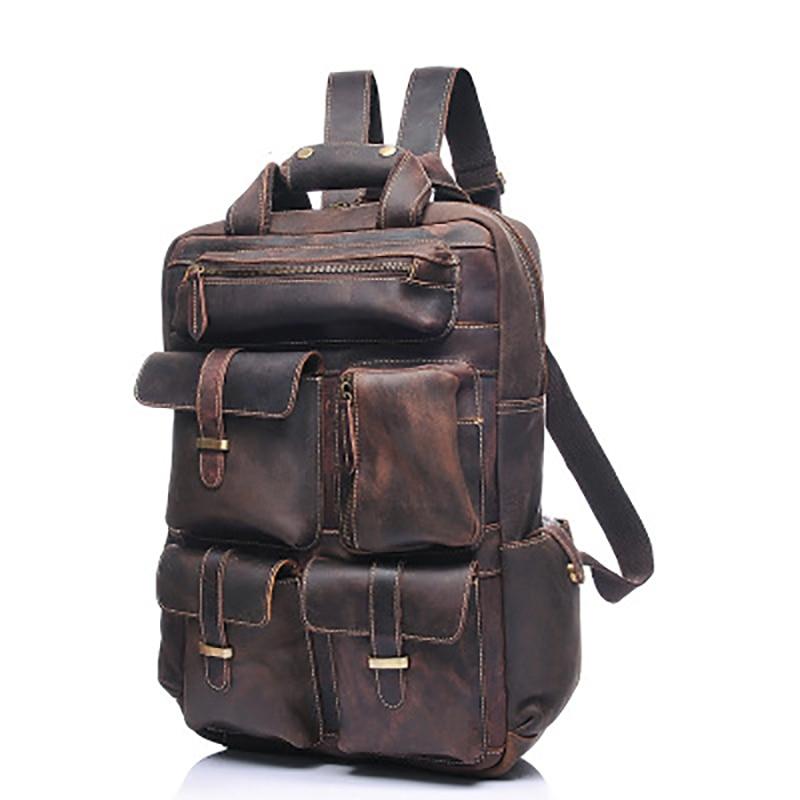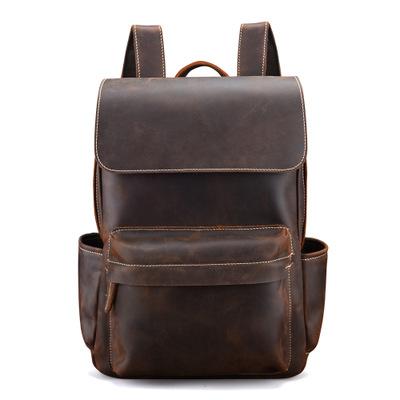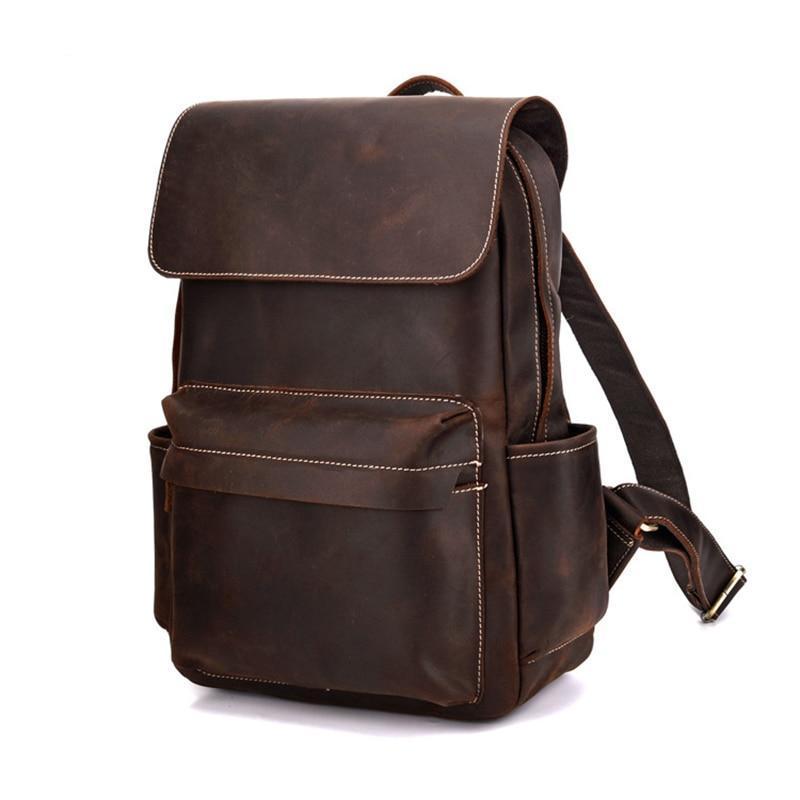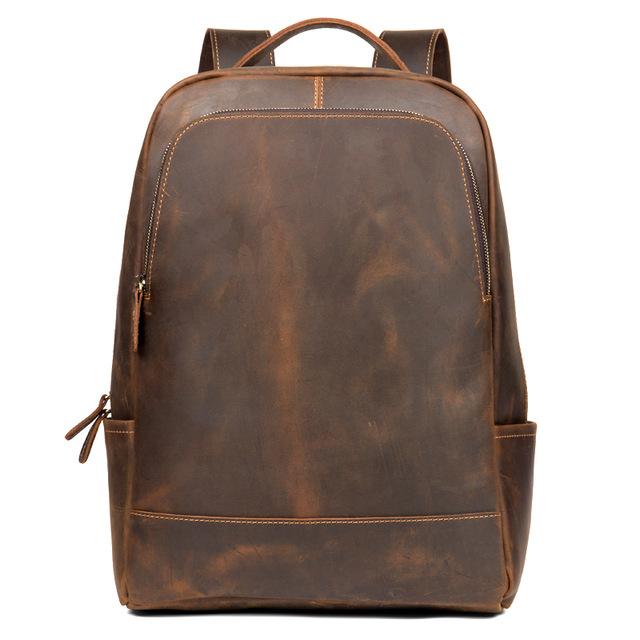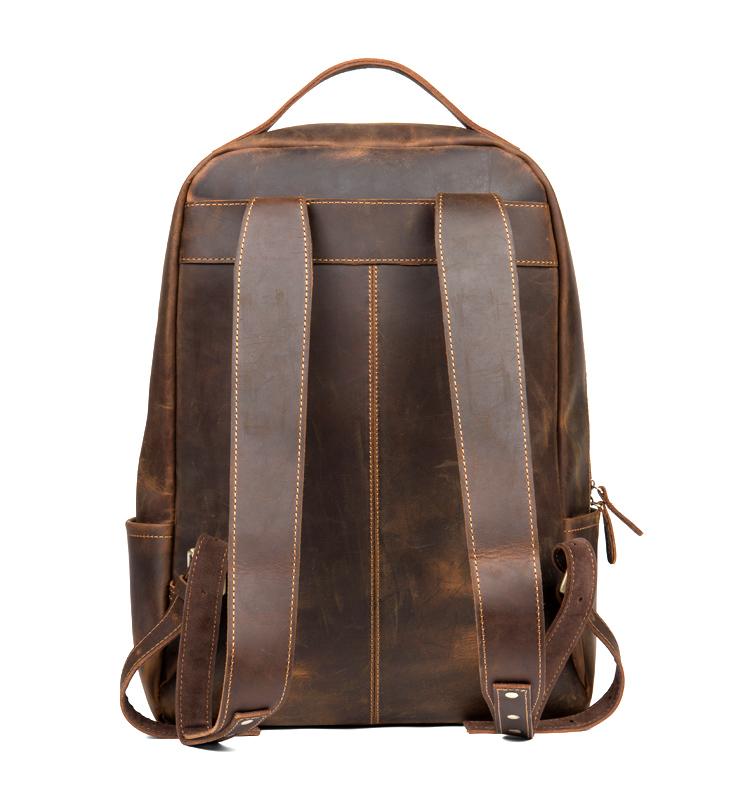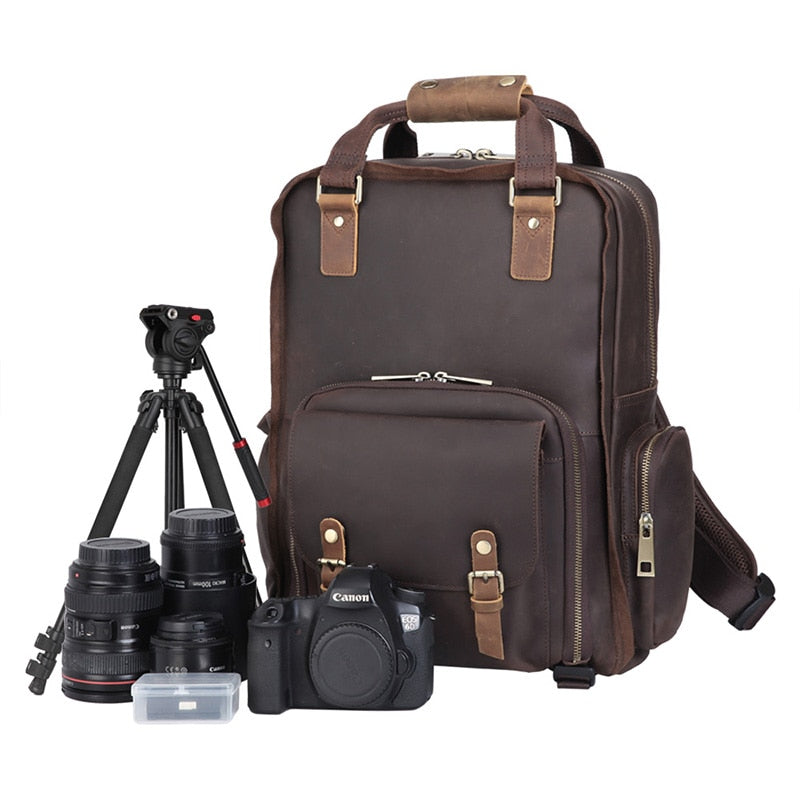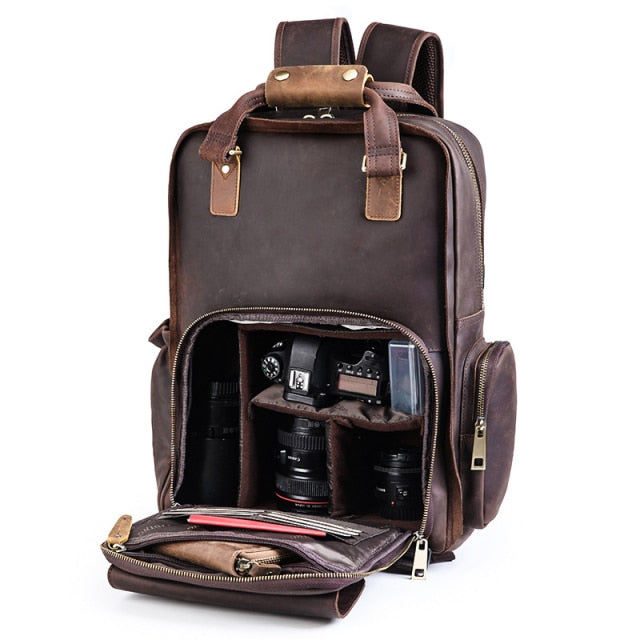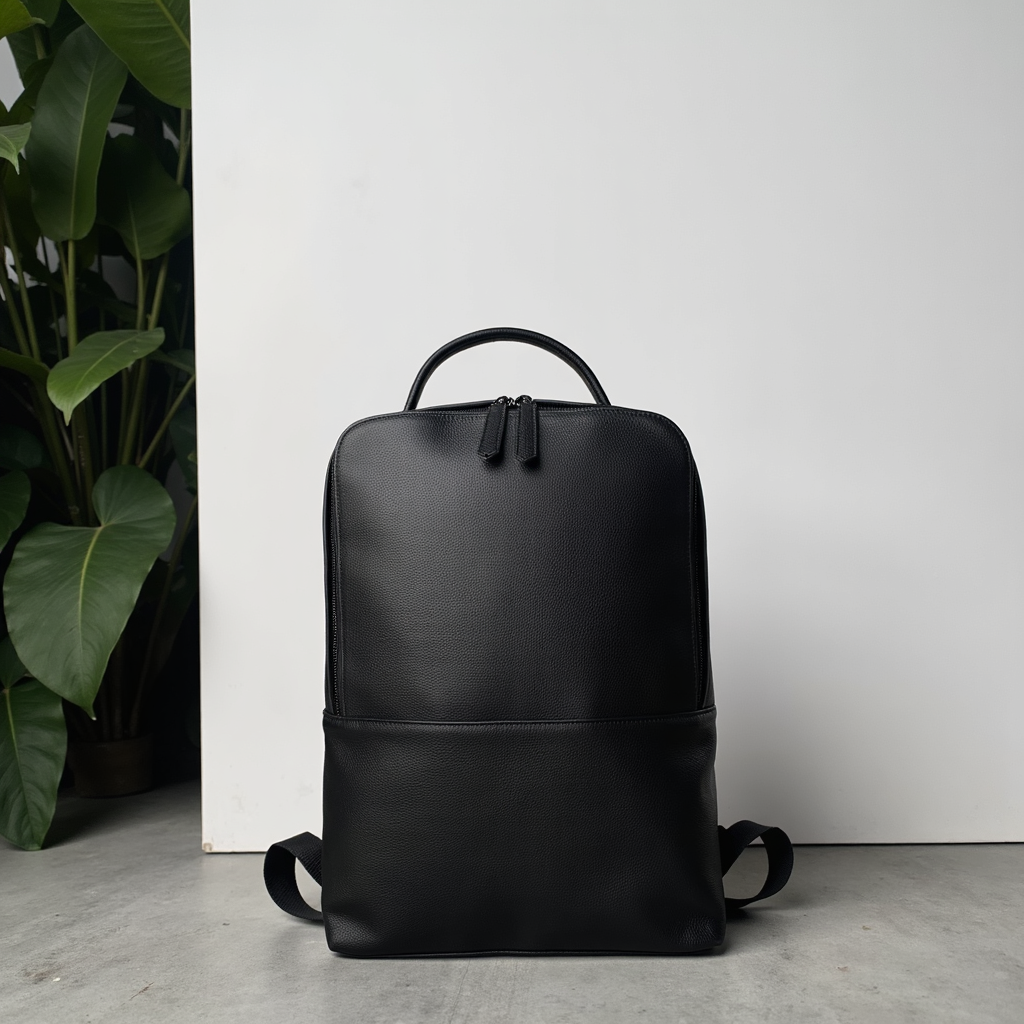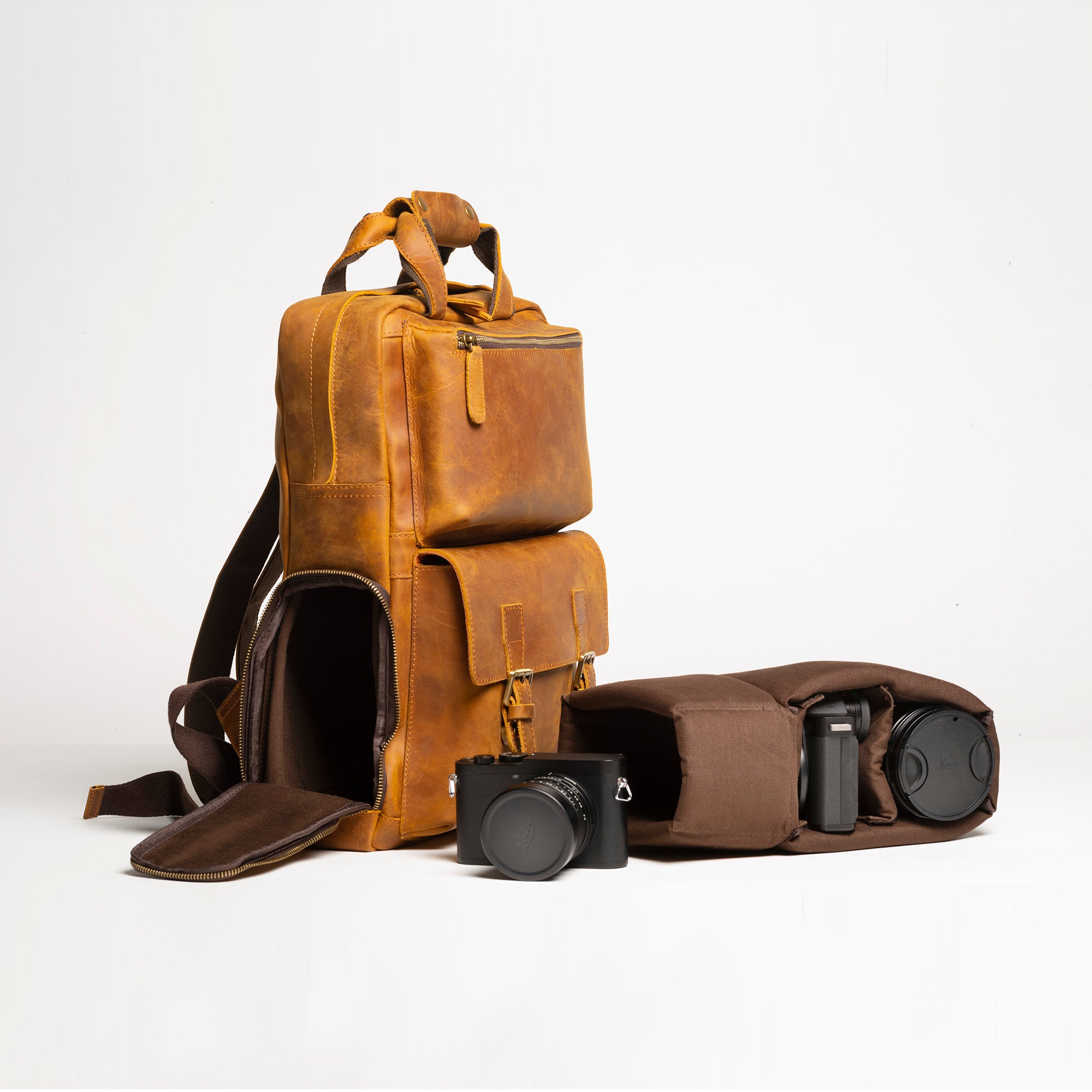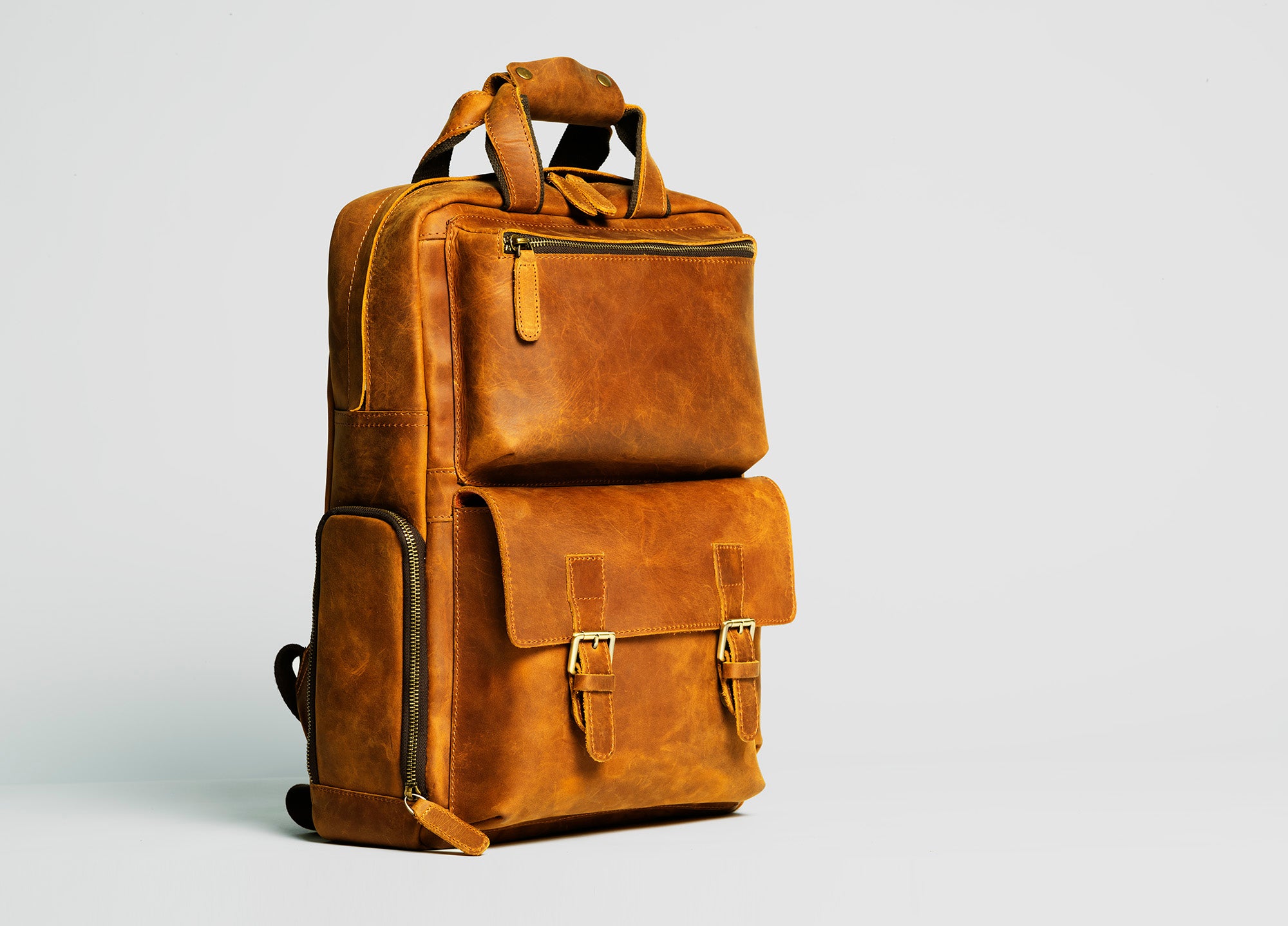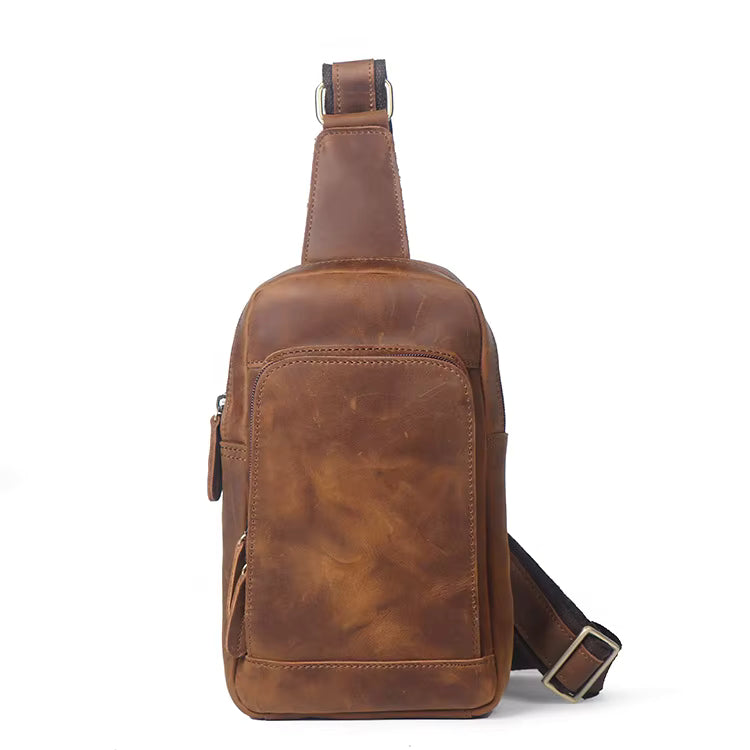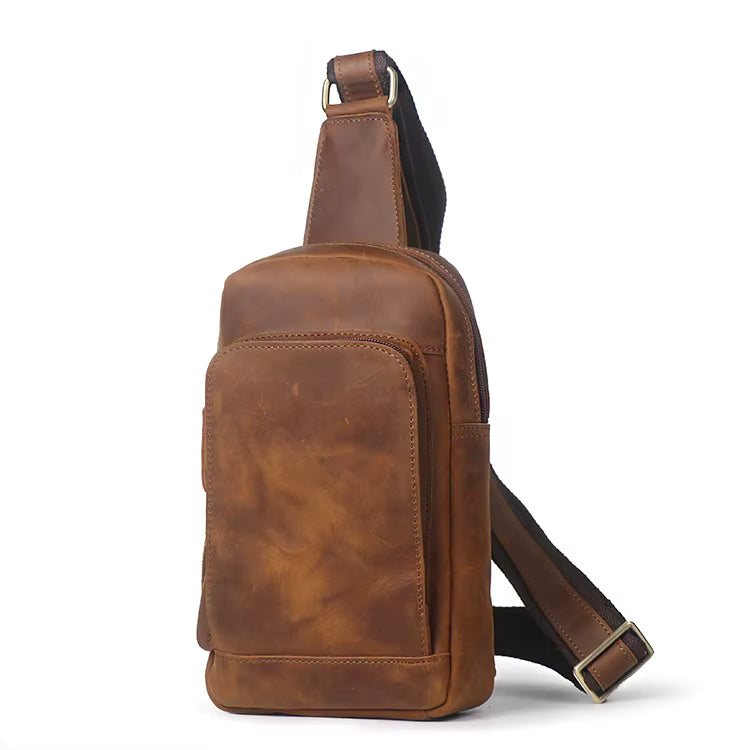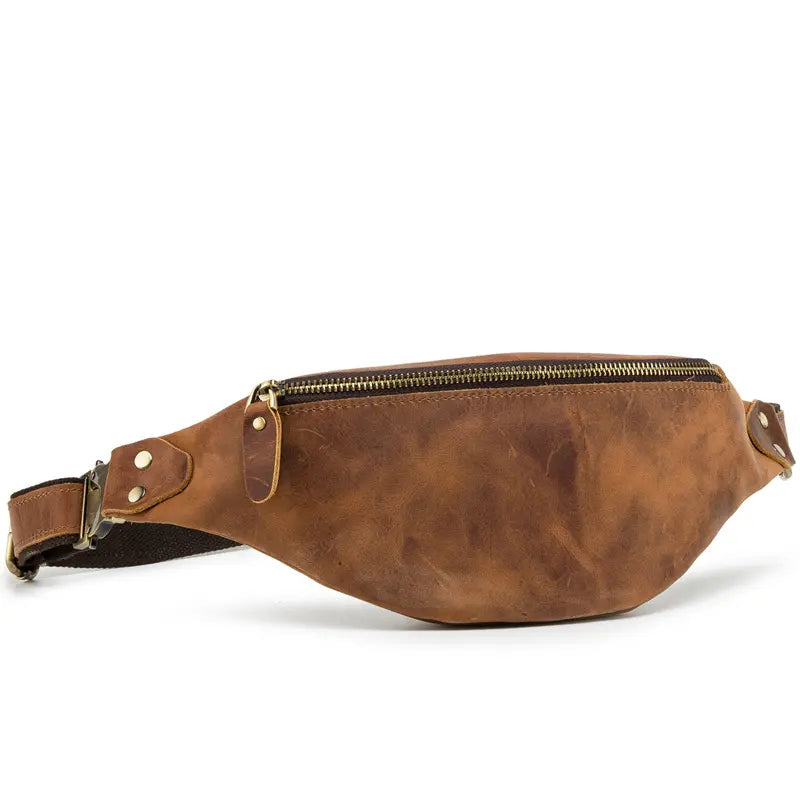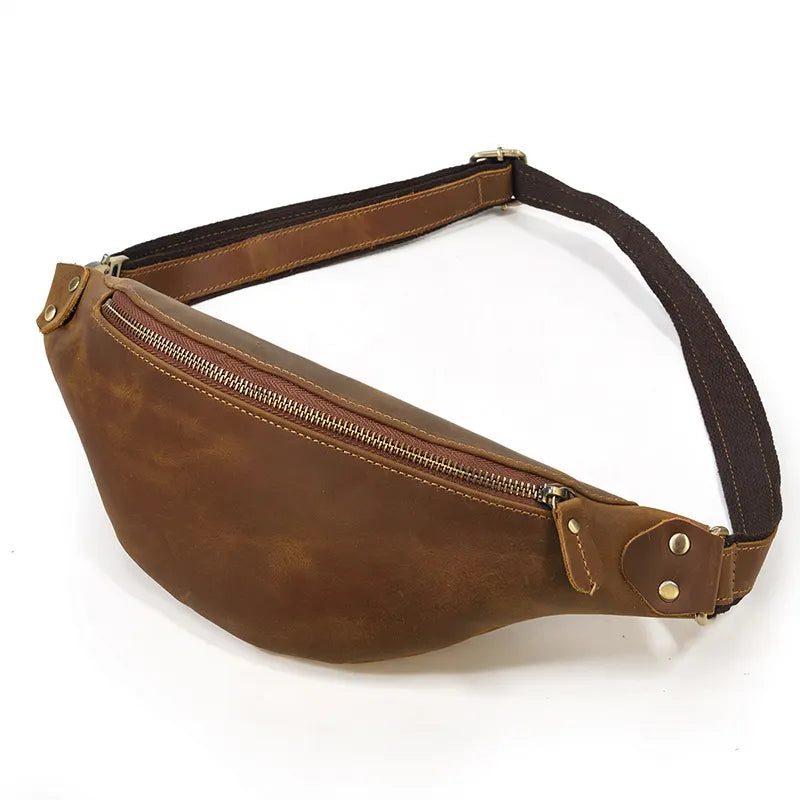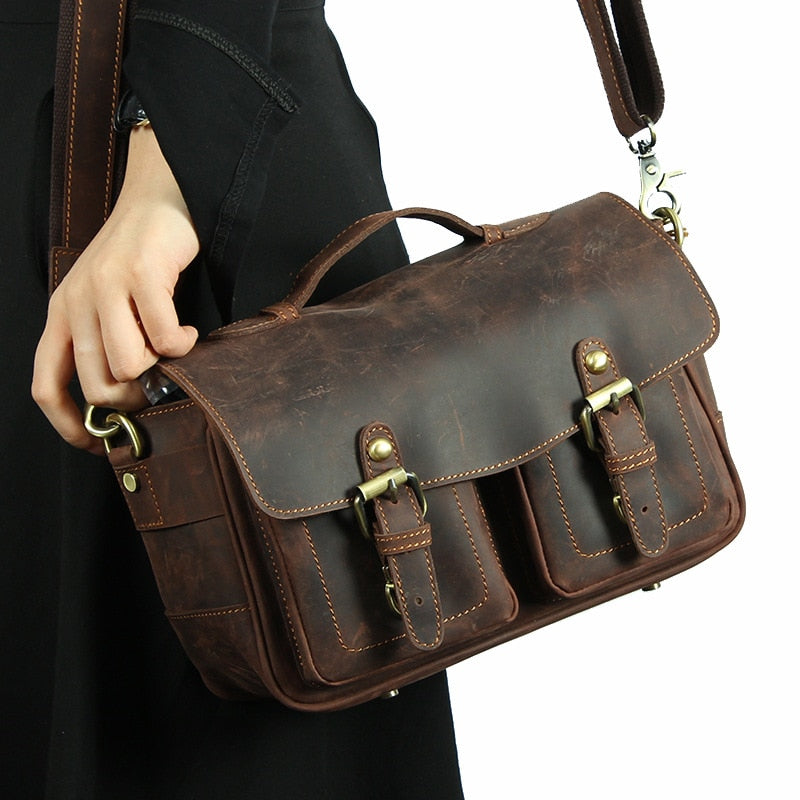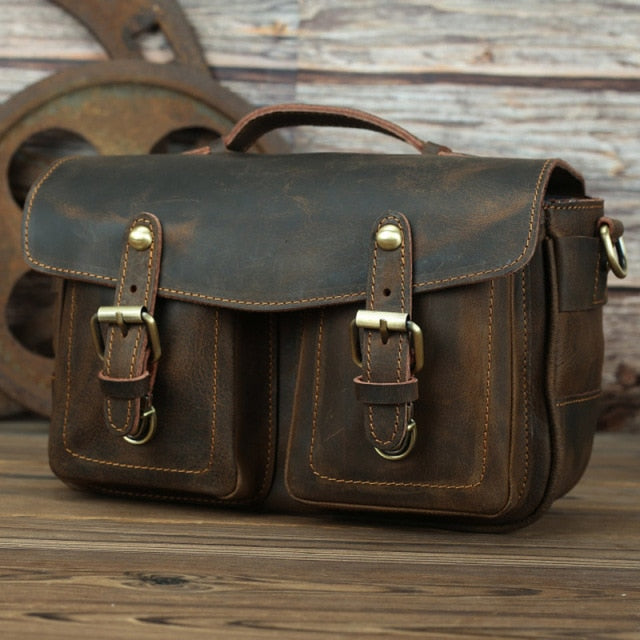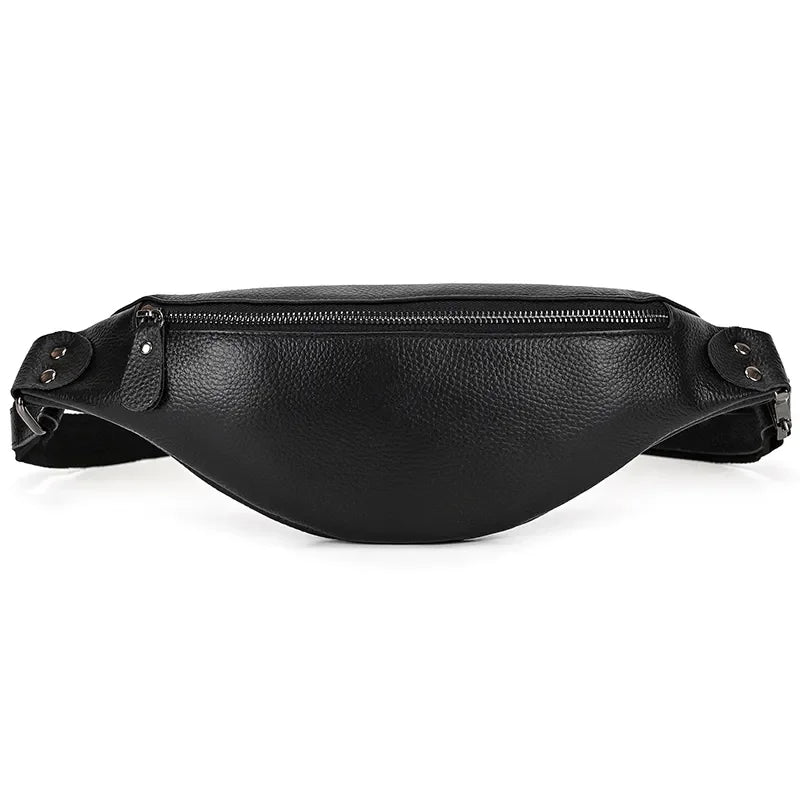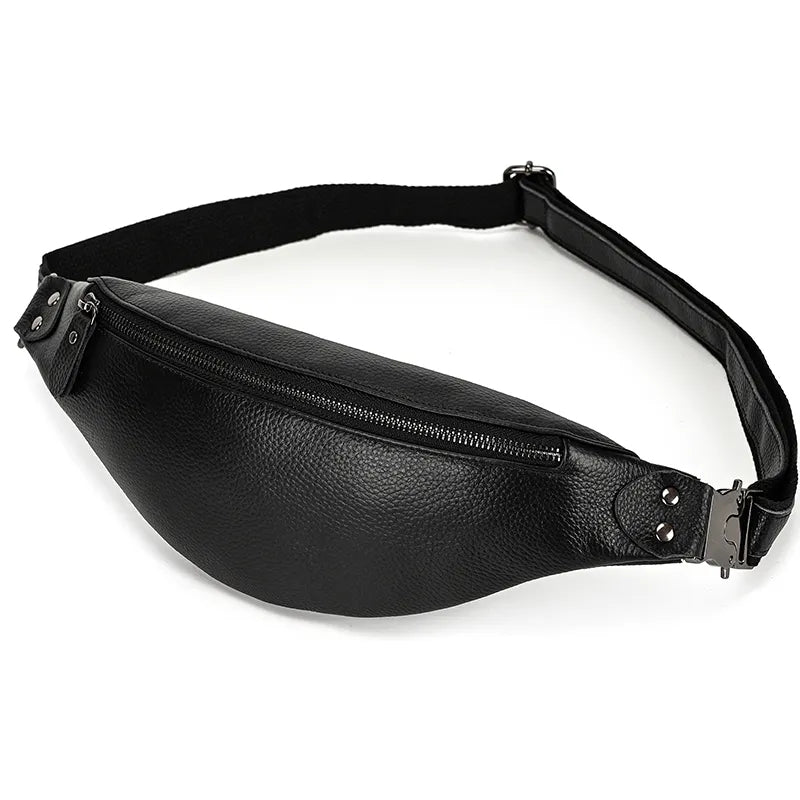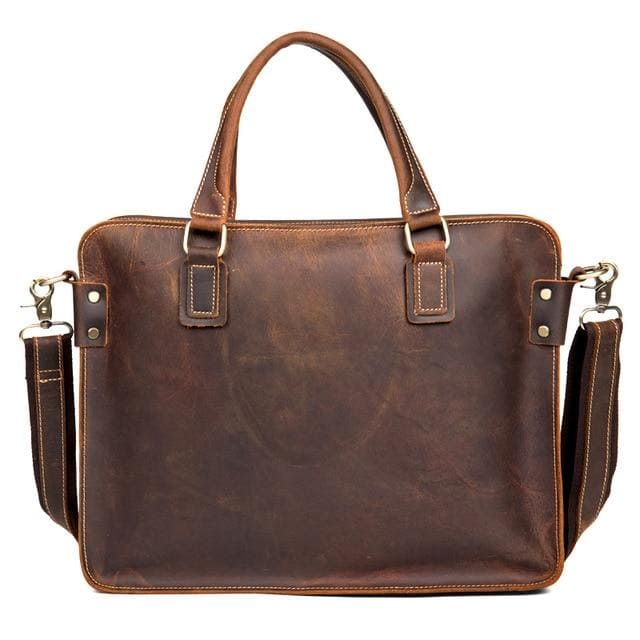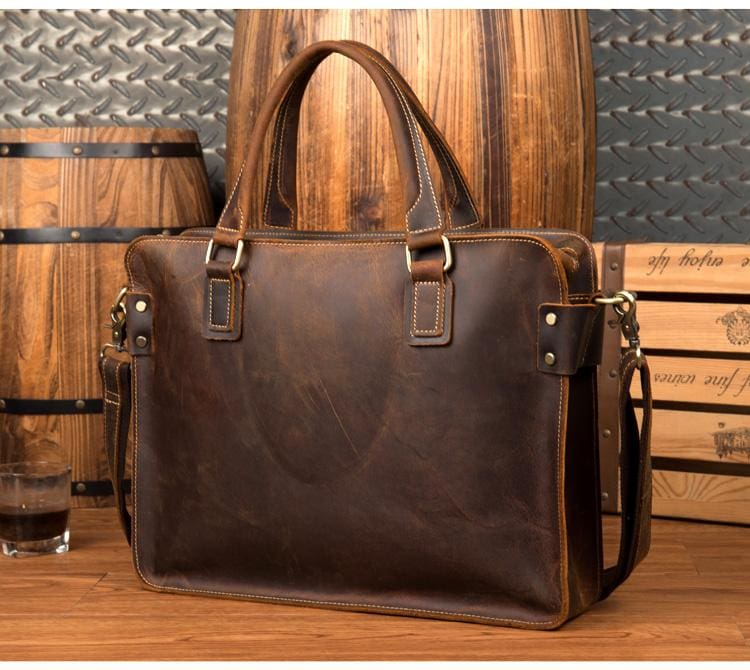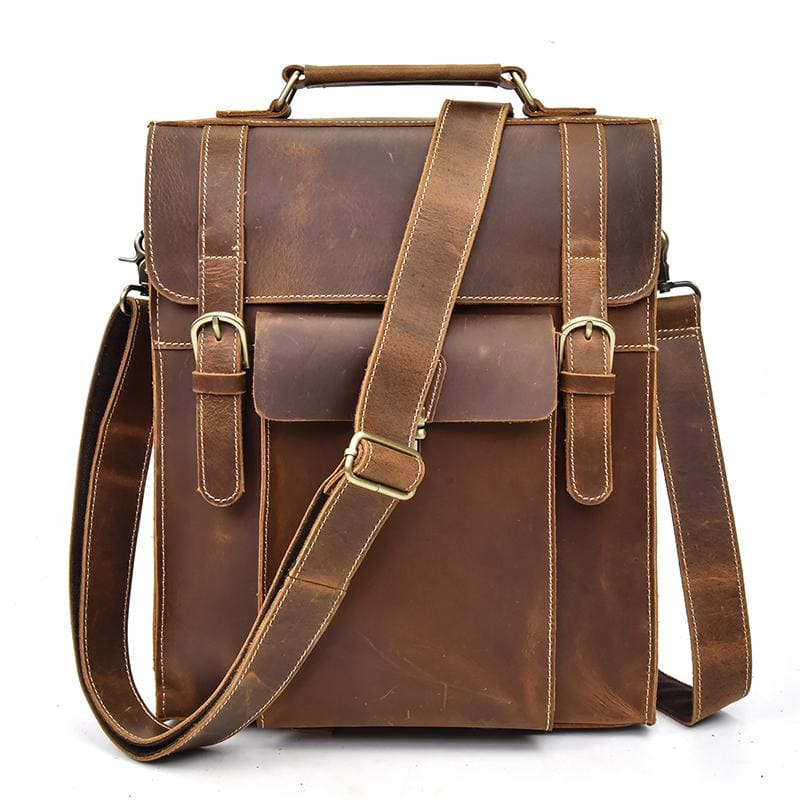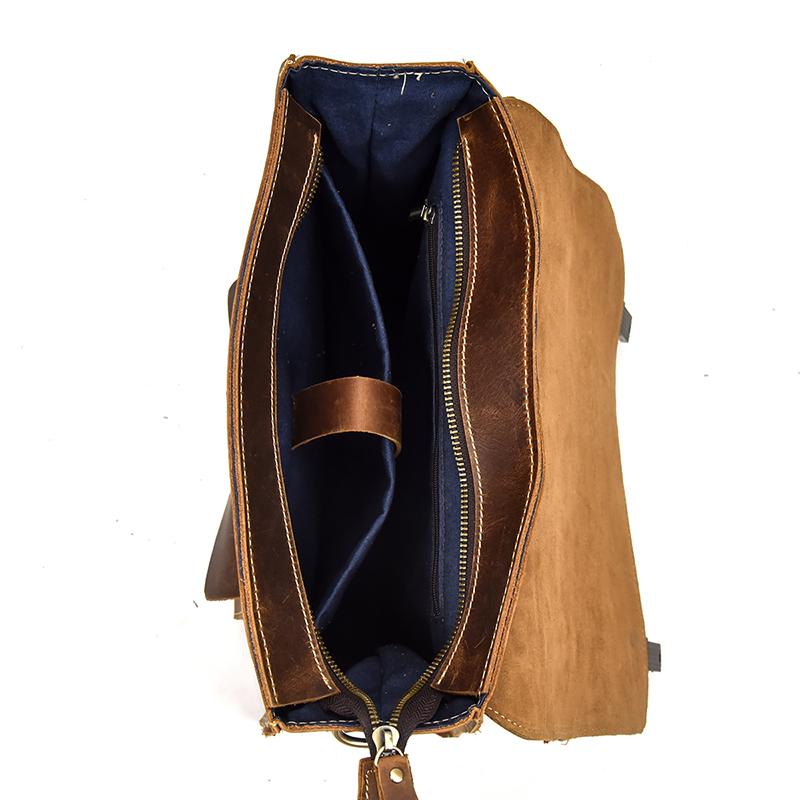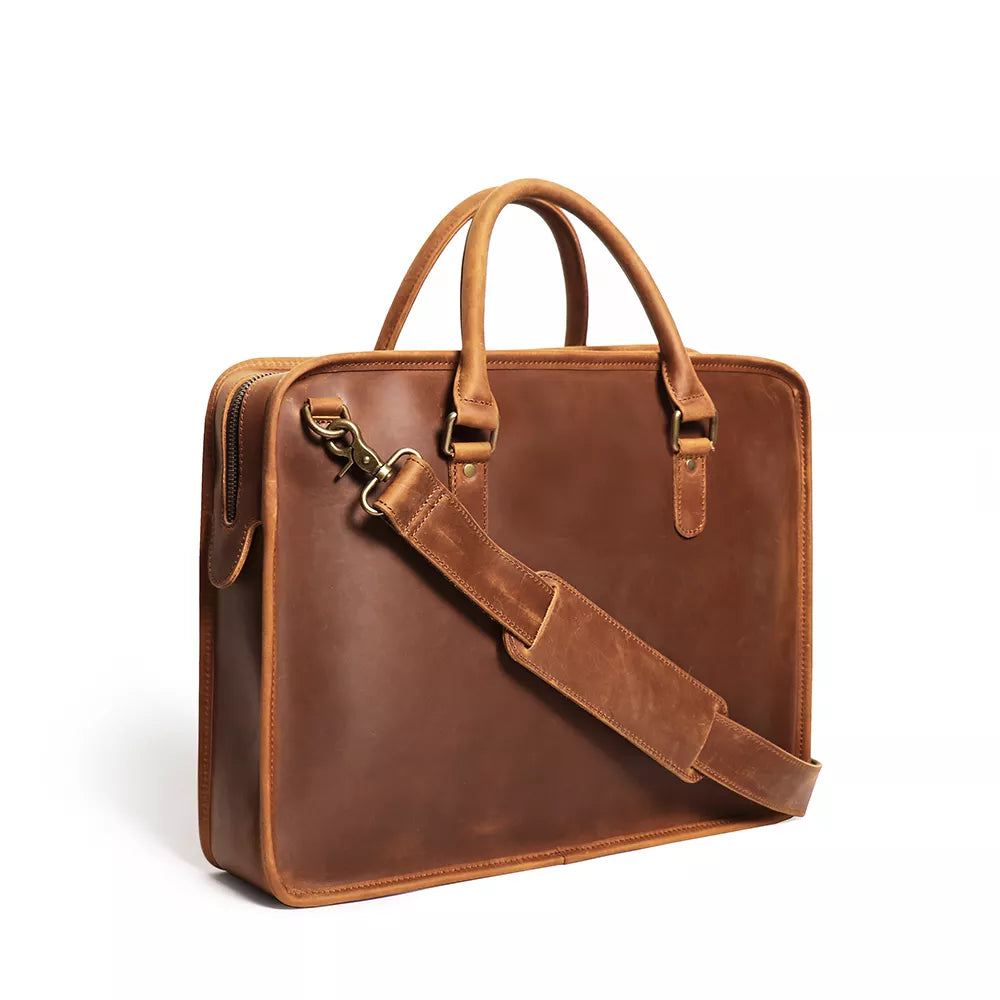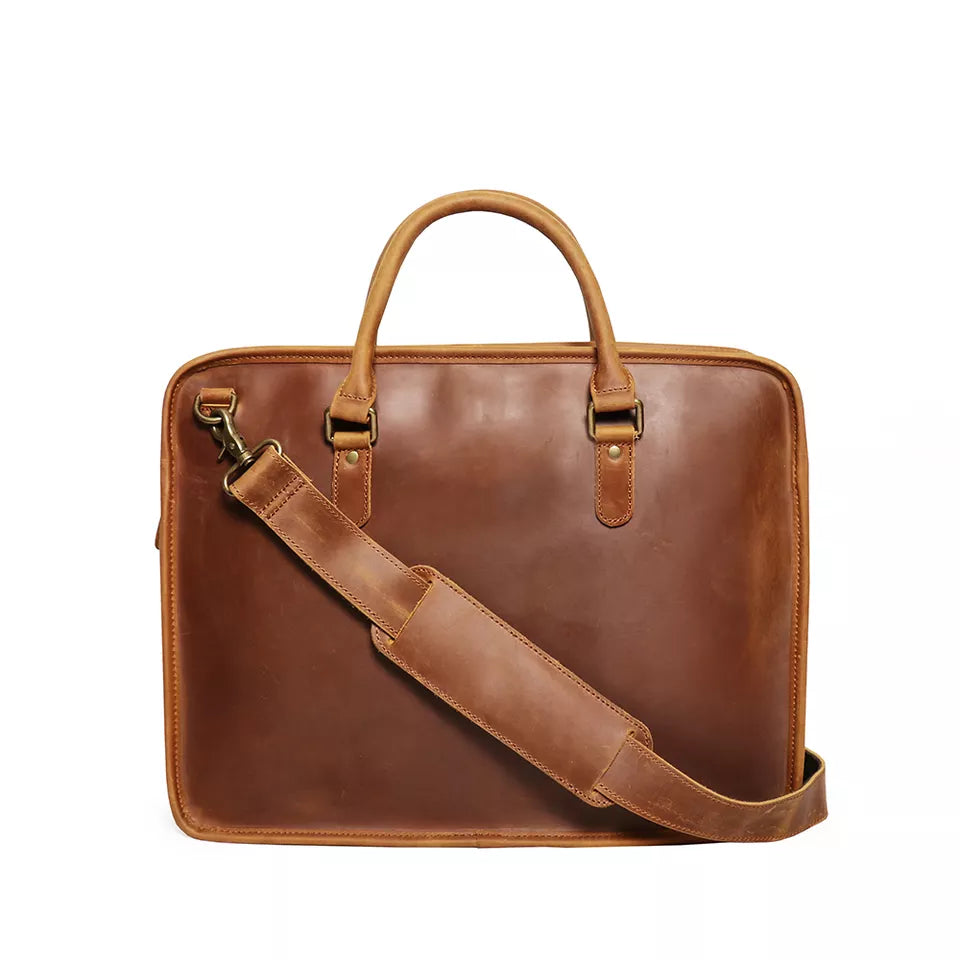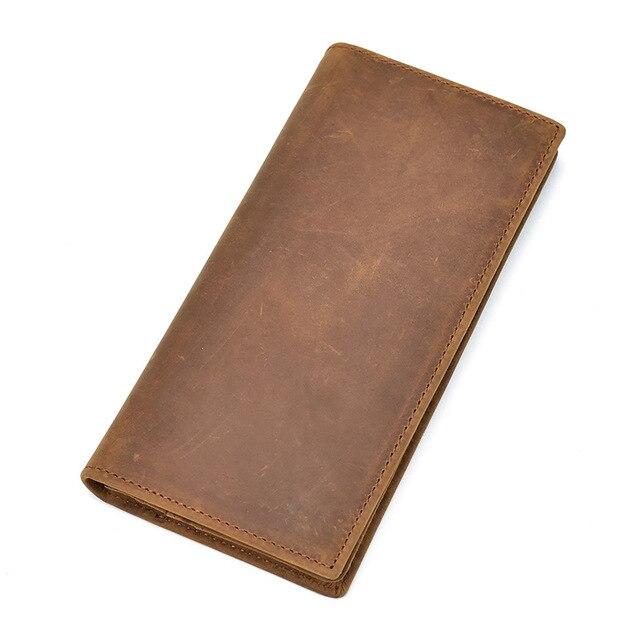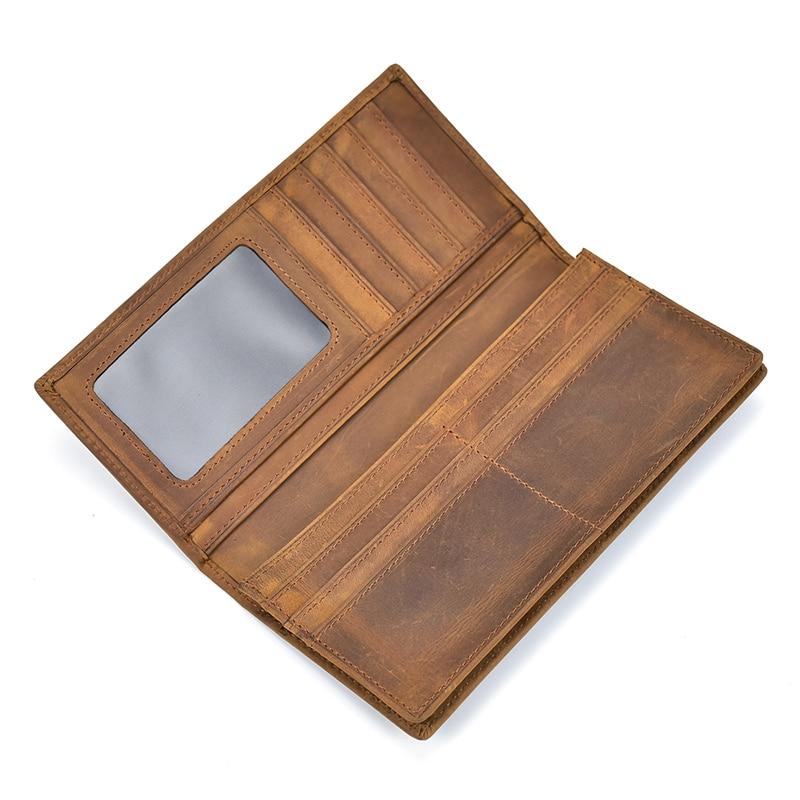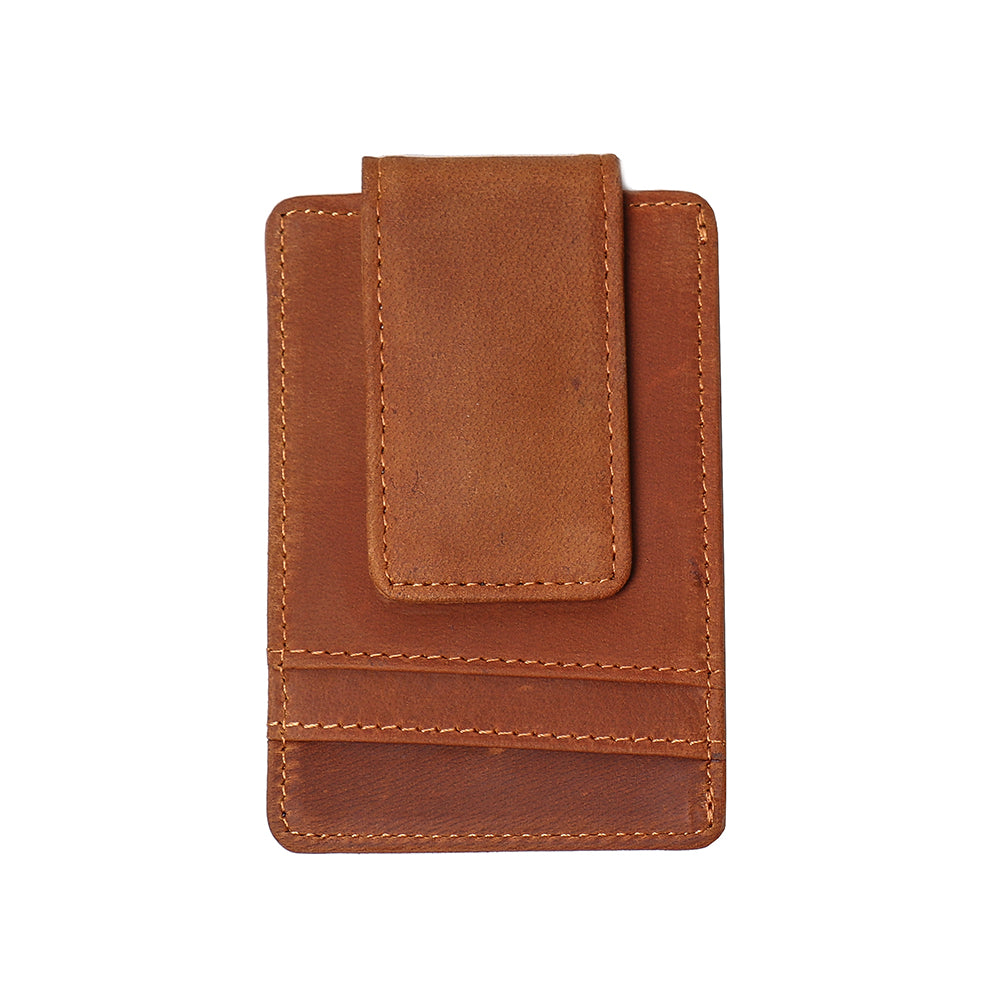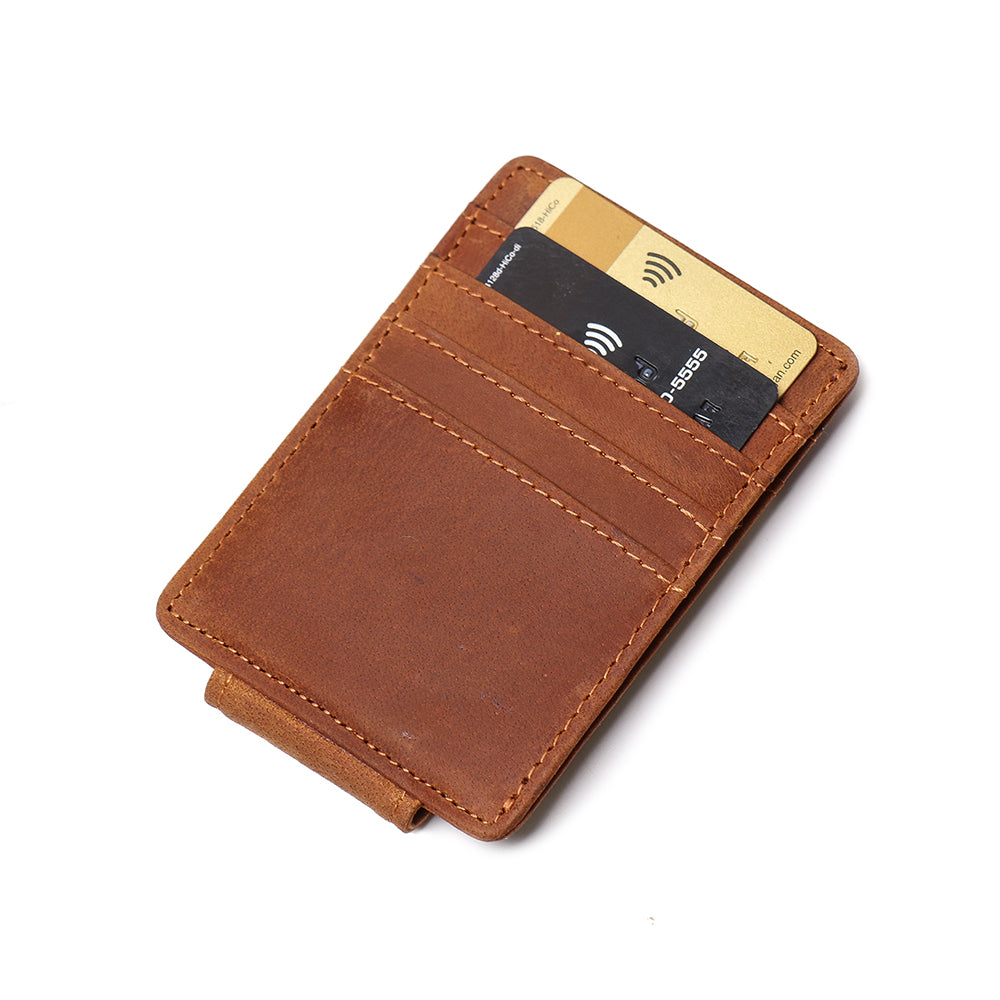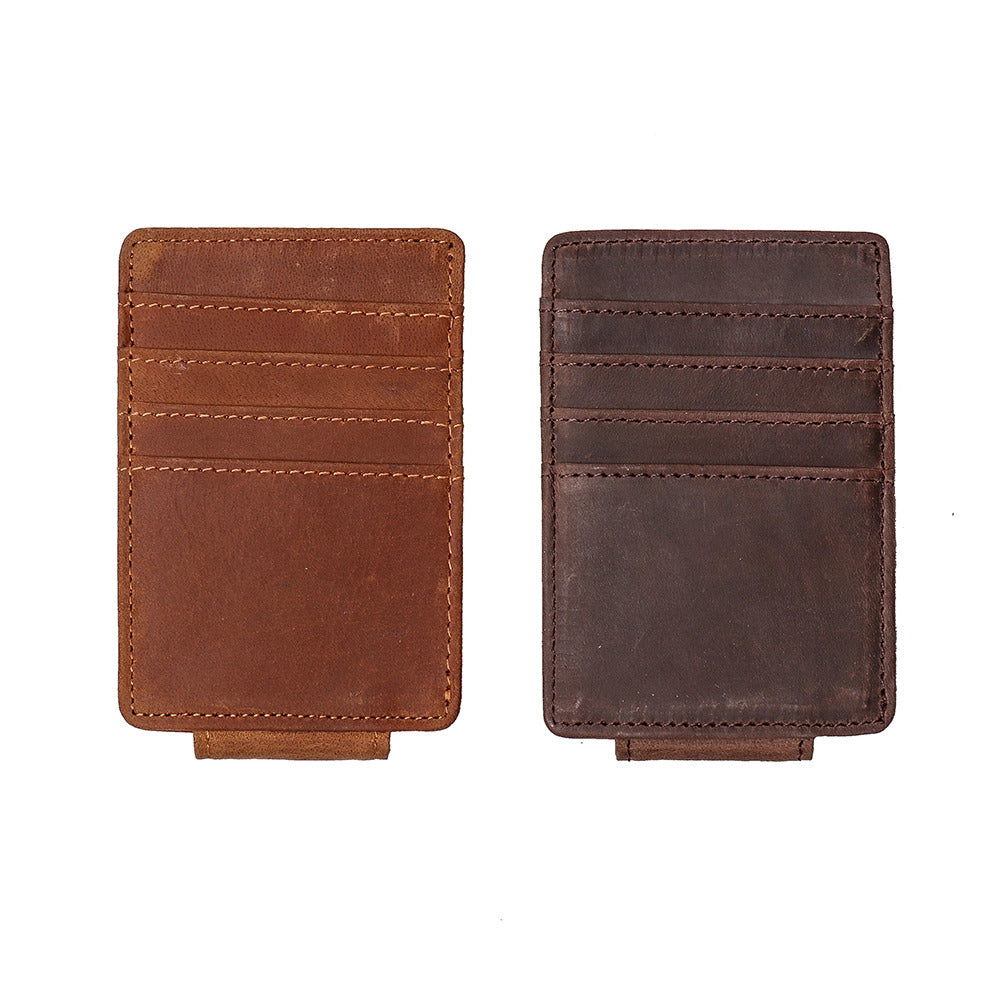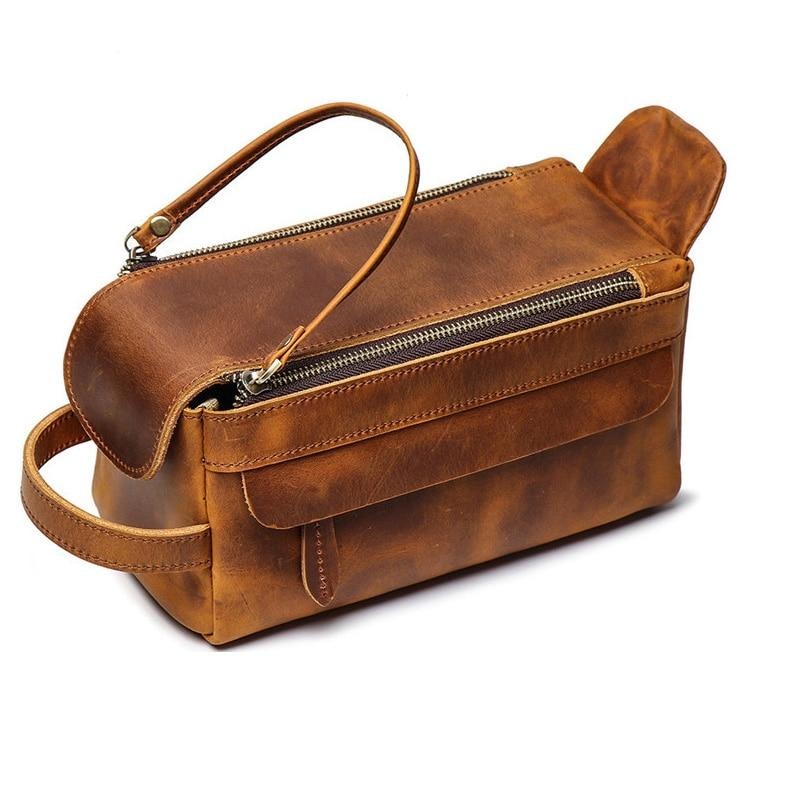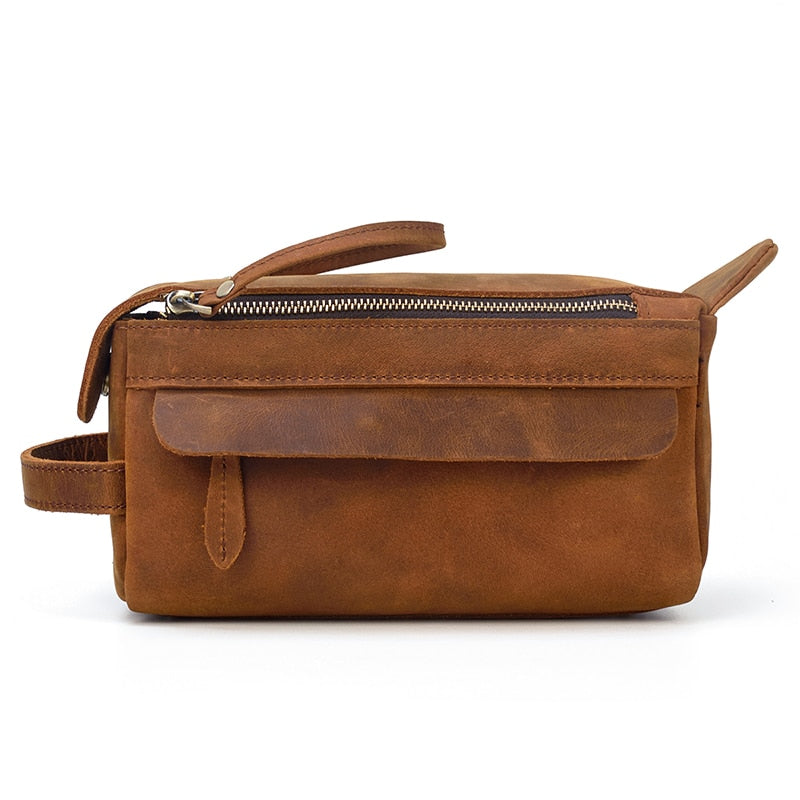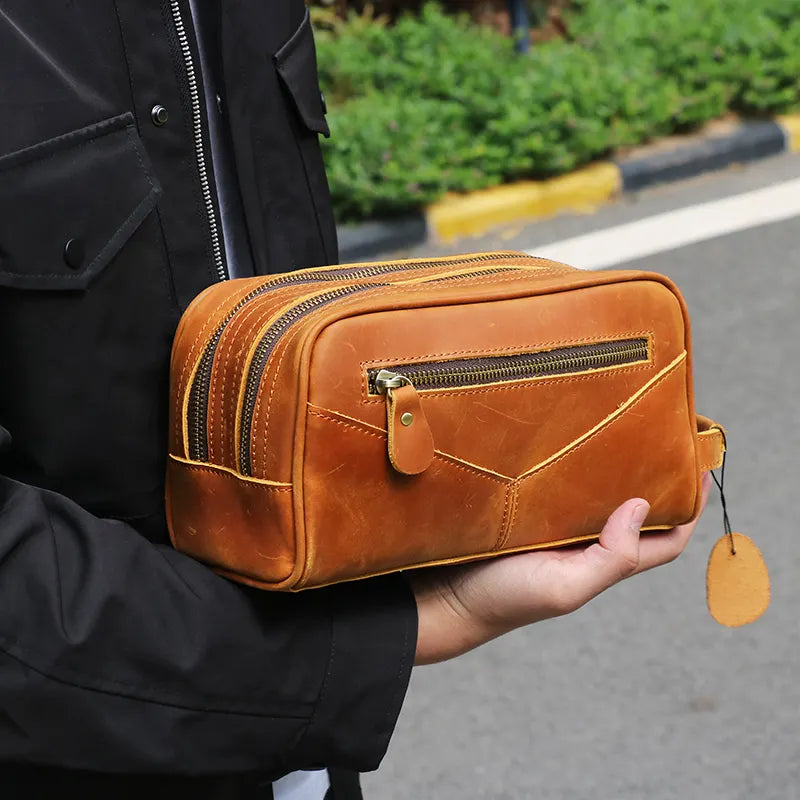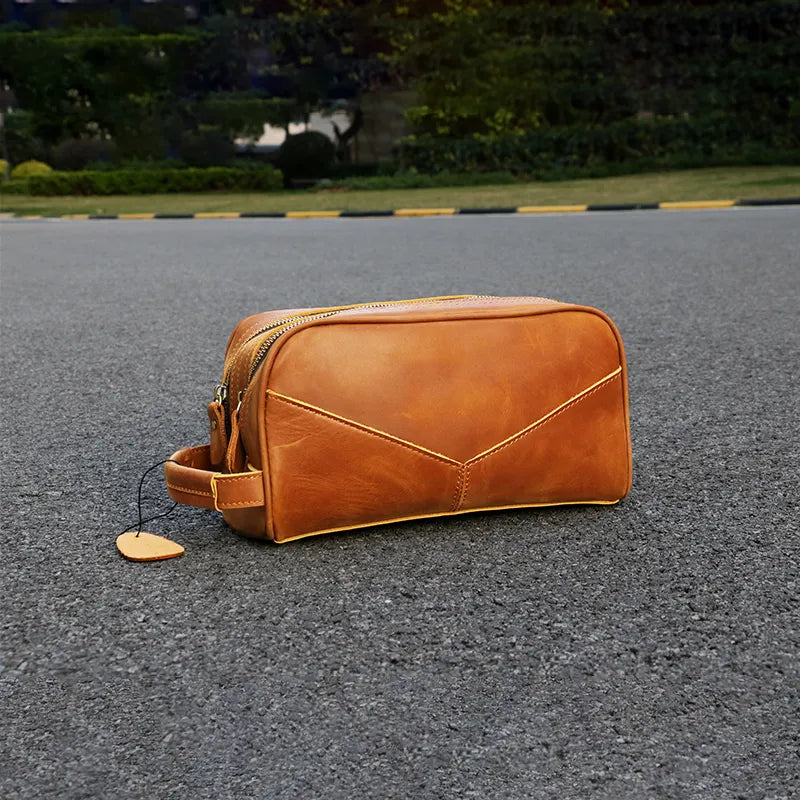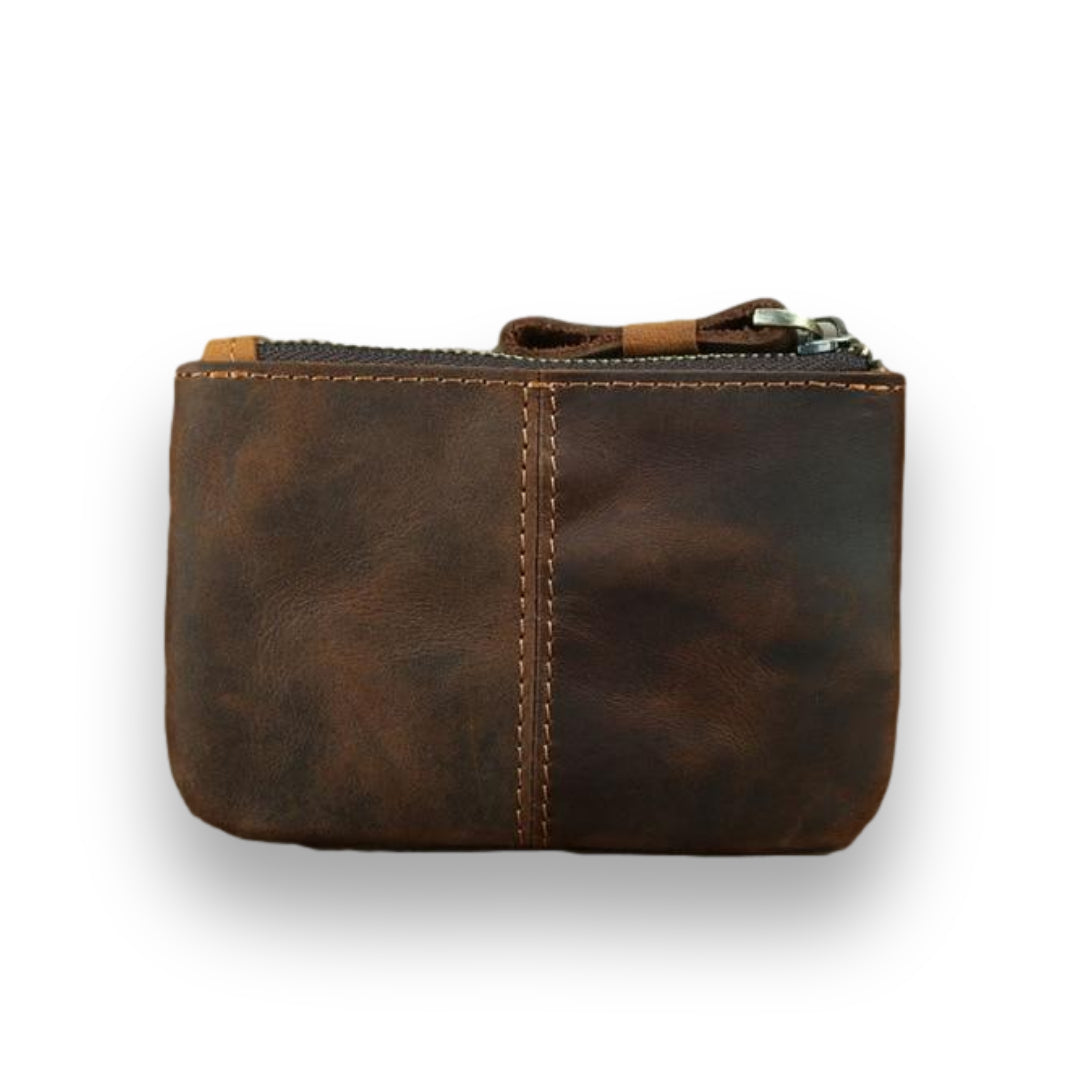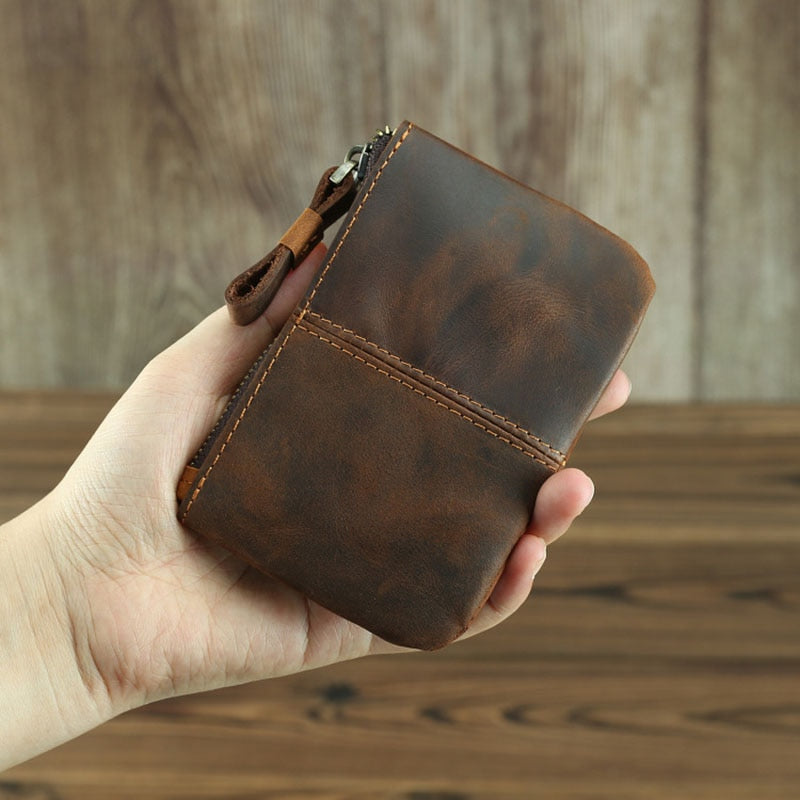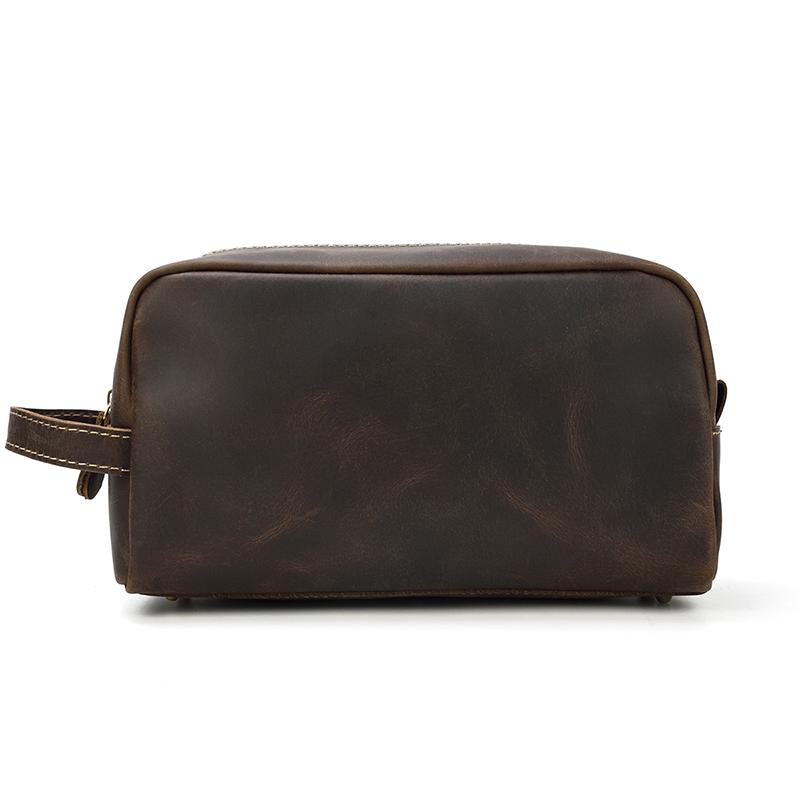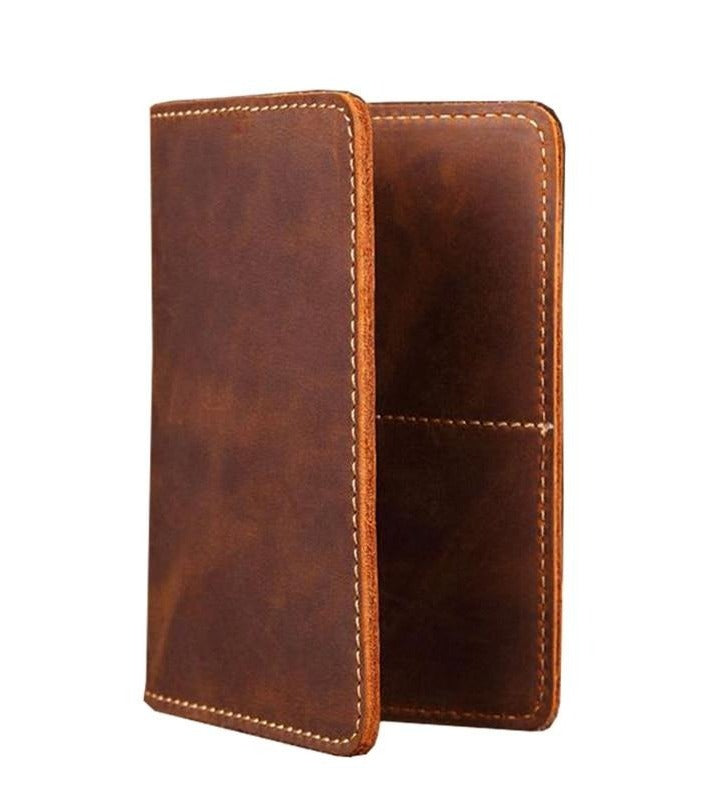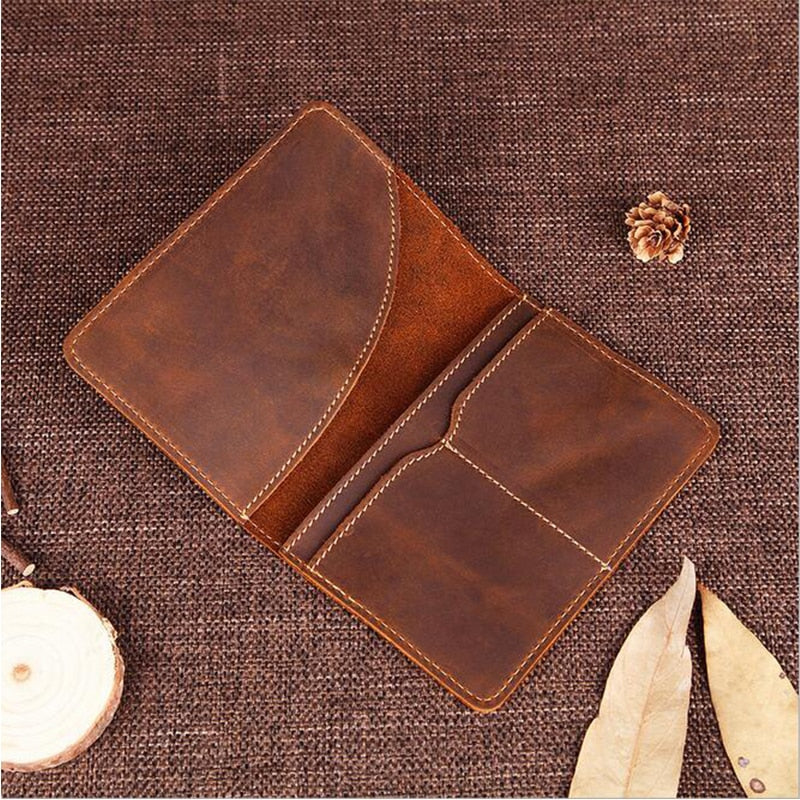Whether you're a leather enthusiast or just want to up your paint game, you'll love this step-by-step guide on how to paint leather like a pro. Starting with the basics - why painting on leather is a great idea in the first place - you'll be able to equip yourself with all the necessary tools and materials to achieve stunning results. With detailed instructions and photos, this preparation process will have you paint in different types of leather like a pro in no time!

Painting on leather - why it's a good idea?
If you're wondering why different types of leather paints are gaining in popularity, look no further than this step-by-step guide. Painting leather is a great idea for a number of reasons. Not only is it one of the most durable materials out there, but the natural grain and character of leather lend themselves well to beautiful artwork. With this guide, you'll be painting like a pro in no time! If you have any questions or want to see more tutorials, shoot us an email.
Materials Needed to Paint on Leather

Leather is a versatile material that can be used for a variety of things. From leather shoes, pieces of leather furniture, leather couch, or any leather item, there's a lot you can do with it. One of the most popular ways to use leather is to paint it. If you're new to painting leather, this guide is for you.
Leather conditioner or oil
It is important to condition leather before painting it in order to avoid any dryness or cracking. Allow the leather to dry completely before you start painting - this will ensure a long-lasting finish. Use an oil-based leather conditioner on the leather surface and work into the pores for great results! If you're juggling multiple tasks, you might also consider a service where you can do my powerpoint presentation, saving you time while ensuring a professional touch.
Paintbrush
Paintbrushes are an important part of any artist's toolkit. While the type of paintbrush is up to individual preference, there are a few things you should keep in mind when painting leather. For best results, use a stiff synthetic brush that won't absorb as much paint as a softer brush will.
Paint Finisher
As a paint finisher, your main responsibilities will be applying thin layers of paint to the leather surface and allowing it to dry completely before applying another layer. You will need good brush size or roller skills as well as knowledge about the type of finish that you are painting onto the smooth leather. There are many different types of finishes that you can choose from, such as light sheen, acrylic finisher, or durable glossiness. Some best paints also have special effects like filling in cracks or scars on leather hides.
Newspaper
To protect your belongings from paint damage, lay a newspaper under your leather product before painting. To eliminate any excess moisture before drying, you might also blot the leather's surface with either a soft cloth or newspaper.
Paint
Paint is a fun and easy way to add some personality to your leather piece. Remember to take care while painting as any mistake could lead to a ruined leather piece.
4 Main Types of Paint Used for Painting Leather

Paint is one of the most important tools a leather craftsman has at their disposal. Not only does it add a beautiful layer of protection to your leather, but it can also be used to achieve a variety of different finishes.
Oil paint
Oil paint is a great way to add natural beauty and a matte or gloss finish to the leather. It can also be used for other surfaces such as wood, vinyl, fluid acrylics, satin, or latex paints providing high-end matte finishes. However, painting with oil takes more time than using any of the other types of best paint mentioned and it's best applied over several additional coats.
Acrylic paint
Acrylic paint is one of the most popular types of leather paint for painting leather items. It dries quickly, so there's no need to worry about it damaging the surface. Plus, fluid acrylics are a very versatile paint layer that can be used for a variety of surfaces such as wood, metal, and plastic.
Latex paint
Latex paint works best on surfaces that are dry; applying too much paint layer can cause cracking or peeling later on. Thinly apply painter's tape to the area you want to paint, remove once complete and allow drying time before using the furniture in its regular manner.
Enamel paint
Enamel paint is a versatile and smooth paint that gives your leather a beautiful finish. It is considered to be the best leather paint as it doesn't leave any brush marks, and two coats are required for an even coat. If you're new to painting leather, start with enamel paint - this will give you the best results.
Step-by-step Guide to Painting Leather
Leather painting is a skill that requires a lot of practice and attention to detail. This is why we've put together a step-by-step guide on how to paint leather like a pro. In this guide, we will cover the different steps involved in painting leather, from waxing to painting. You'll be painting leather like a pro in no time if you follow the instructions carefully.
Prep the surface - clean, dry and dust-free
Painting a leather surface is not as difficult as it seems - but there are a few basics that need to be followed for the best results. Starting off with a light layer of paint, make sure the surface is clean and dust-free by using a soap solution composed of liquid dish soap or simply isopropyl alcohol. This will help avoid any problems while painting.
Protect the leather with a suitable protective coating
Leather is such a beautiful material and its unique properties make it perfect for different applications. Always use a suitable coating when painting leather to protect it from the elements - rain, sun, water, etc. Common coatings include fluid acrylics, matte varnishes, or sealers.
Apply base color to Leather
Start at one end of the Leather and paint a streak down the length. Be sure to evenly distribute the thick paint as you go. Once you've painted a stripe down the whole piece, start painting dots along each side of it. You can also use acrylic paint markers, or simple paint markers to guide you through painting. Don't worry about getting them perfectly lined up - just try to make them look like they're part of the original design.
Sealing the finish with a topcoat
Sealing the finish of your painting is important for two reasons - it enhances the durability of your work and gives it a high gloss appearance. To achieve perfect seals or thin coats, you will need to the second coat of paint application using a fine-tip applicator or a spray sealant. Make sure that this coating is fully sealed with a topcoat before wearing your masterpiece!
Final thoughts
When it comes to painting leather, there's no need to be afraid. This step-by-step guide will walk you through the process, from start to finish. Make sure to follow the instructions carefully, and don't forget to dry the leather carefully afterward! Not only will this help it last longer, but it will also prevent it from cracking or peeling. As for the paint, leather is best treated with a special type of paint that is designed specifically for leather. Additionally, use primers and waxes to protect the finish and enhance the look of your leather painting. If you're ready to take your leather painting skills to the next level, this guide is for you!
FAQs | Painting Leather Like a Pro - Step By Step Guide
Is there anything else that I need to consider before starting my painting project?
There are a few things to consider before starting your painting project, such as the type of leather you will be working with and sizing.
Do any types of paint create more problems than they solve when it comes to paintings on leather?
When it comes to painting leather, it's important to use paint that is meant for this type of surface. Paints that are designed for other materials like plastic or paper may not work well on leather and may cause damage. When painting leather, it's best to use light coats of paint so that the surface is not too wet. If the paint is too wet, it will run and smear.
What is the best way to clean a leather painting?
When cleaning a leather painting, the best way to go is by using a soft, plush rag, sponge brush, foam brush, sable brush, flat shader brush, soft cloth, or damp cloth and a little bit of warm water. Start by cleaning any areas that need more attention with the leather cleaner or deglazer like angelus or spot treatment that the paint's manufacturer recommends. Make sure the surface you are cleaning is dry before proceeding - if it's wet, the oils will create harder-to-remove stains.
How do I prepare my canvas for a painting?
Before you paint leather, first make sure that your canvas is properly cleaned and primed. Sometimes, you may need to use a primer if your paint is going to stick to the canvas. Once the primer is applied, it is time to start painting!
Can I use any kind of paint on a leather painting?
When painting leather, use a special type of paint that is designed for this purpose. Fluid acrylics are the best option as they are non-toxic and easy to apply.
Which kind of brush should I use for painting on leather: a round brush or a filbert brush?
For best results when painting on leather with a clean brush, use a filbert brush. This type of brush has a slanted edge that helps you paint in tight spaces and is best for drawing the paint up towards the bristles to create a smoother surface.
What are the benefits of painting on leather?
Painting on leather is a great way to give your work a personal touch, make it stand out from the rest, and protect the finish of the leather. Paint can help in restoring the original look of the leather, and the process is quite simple - just use a primer, paint, and sealant to achieve the desired finish.
Where can I buy the proper oils, pigments, glazes, stains, etc., that are needed for painting on leather?
One of the best ways to buy leather painting supplies is to simply search for them online. You can find many places that sell leather painting supplies, such as art and craft stores, hardware stores, and even supermarkets.
What should I use to clean my canvas and brushes after using them on my painted leather?
After painting leather with oil-based paints, it's important to clean your brush and canvas with a mild detergent as soon as possible. This will remove the oil and dirt from your brush strokes, making the paint easier to apply and resulting in a consistent finish.





